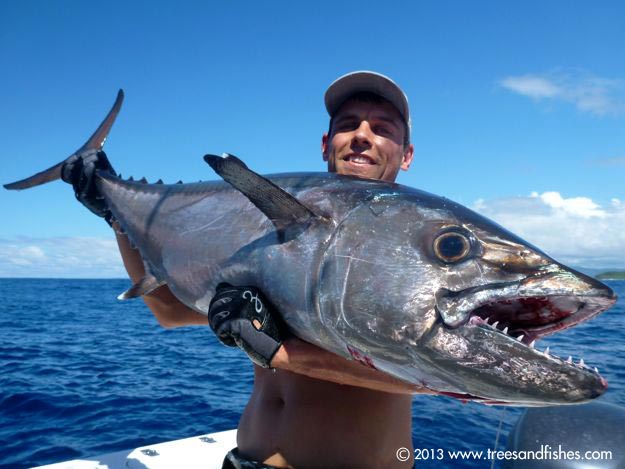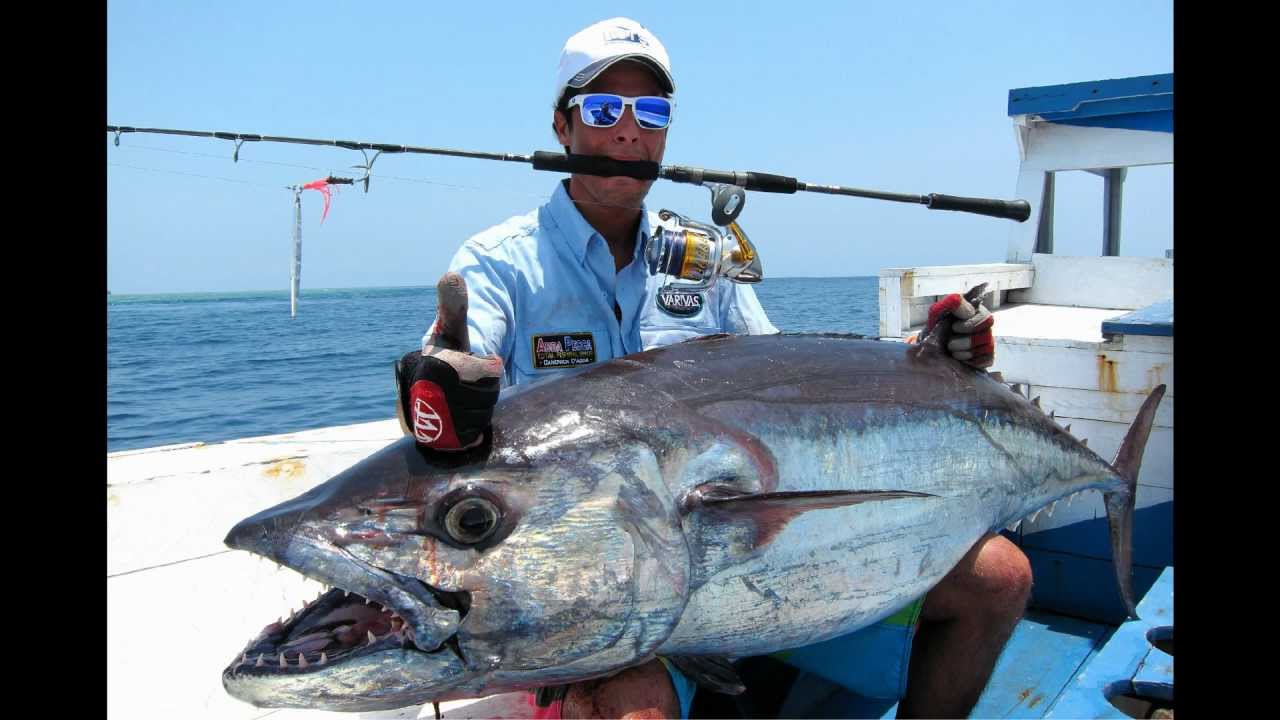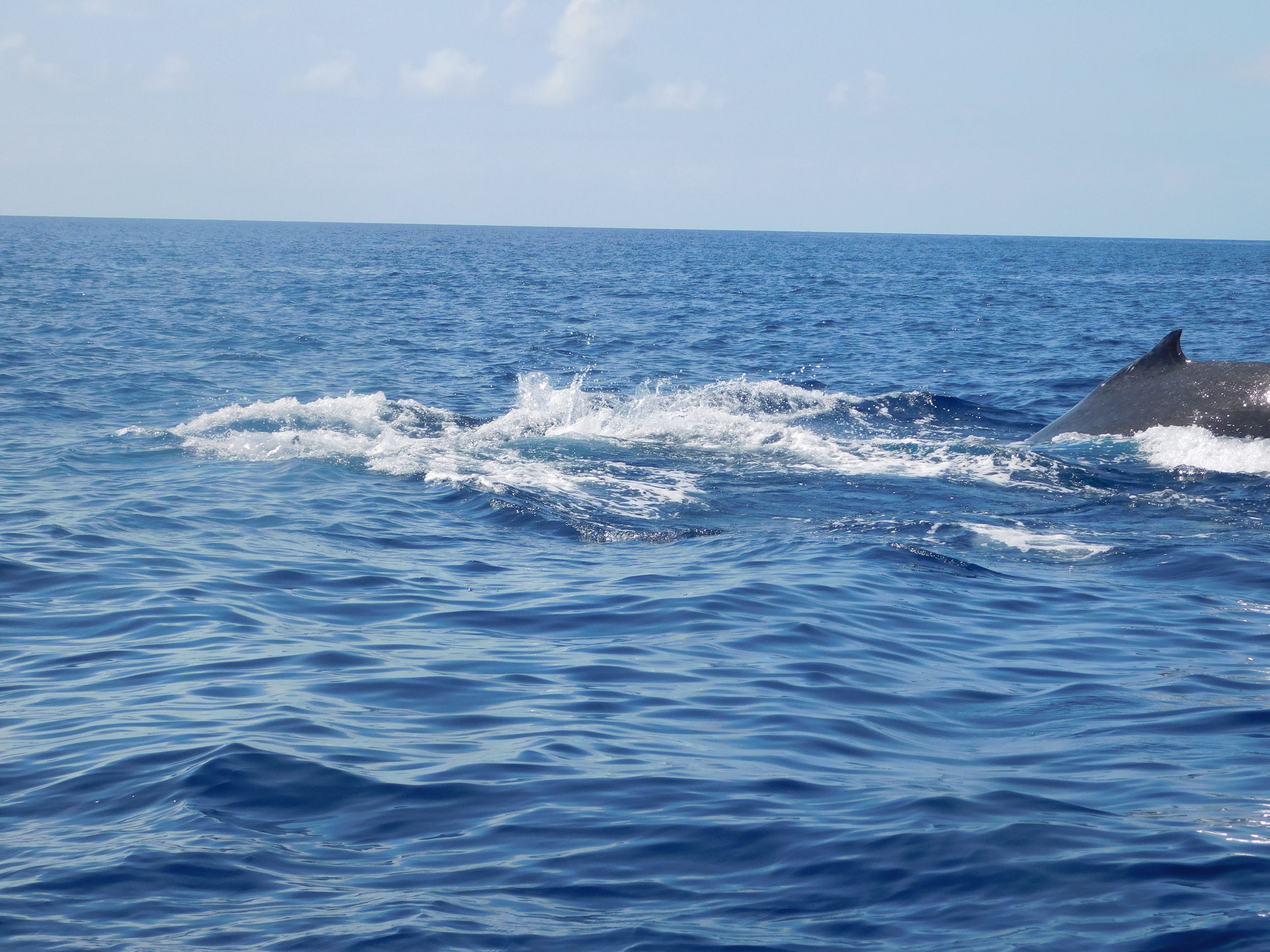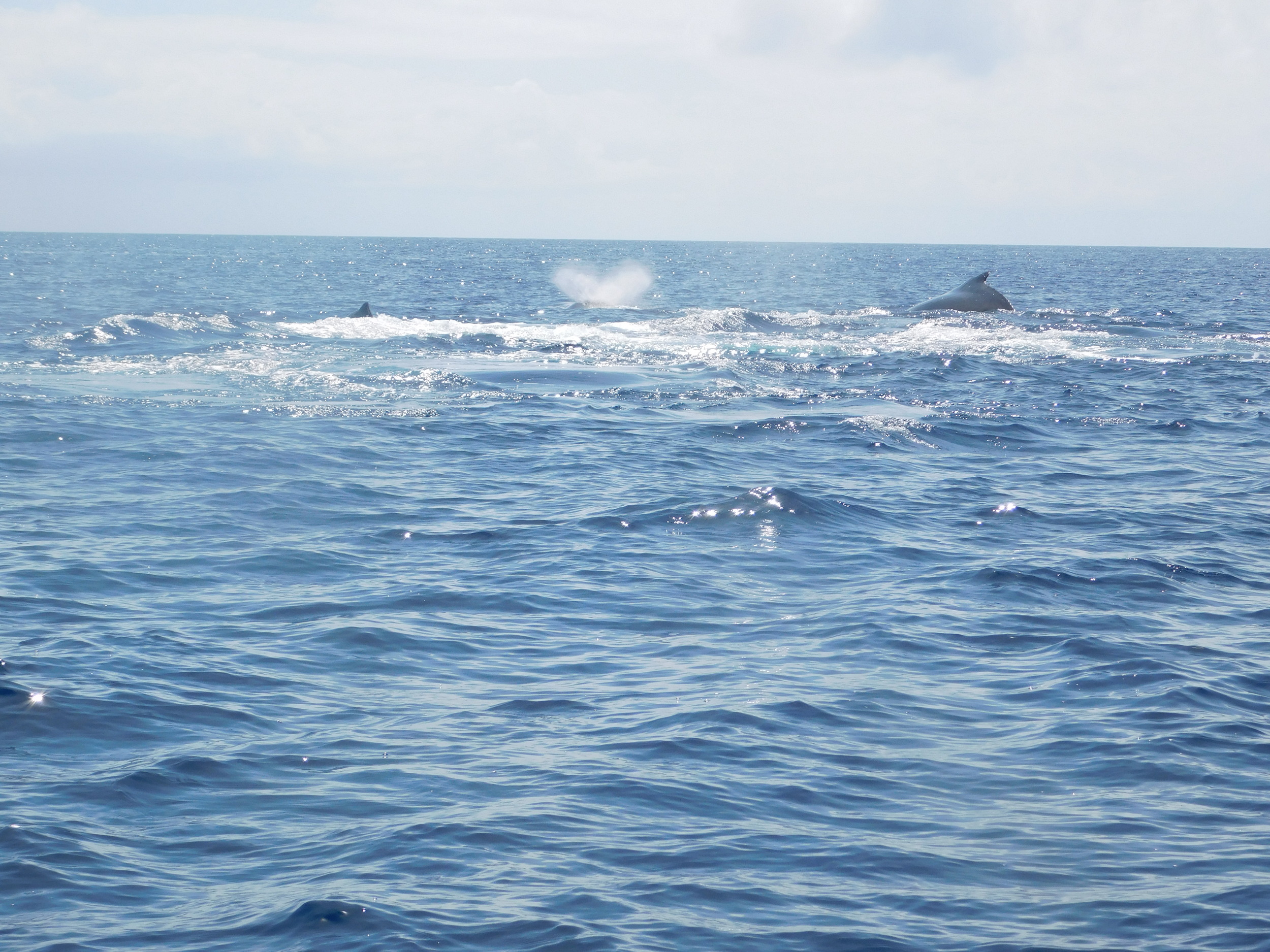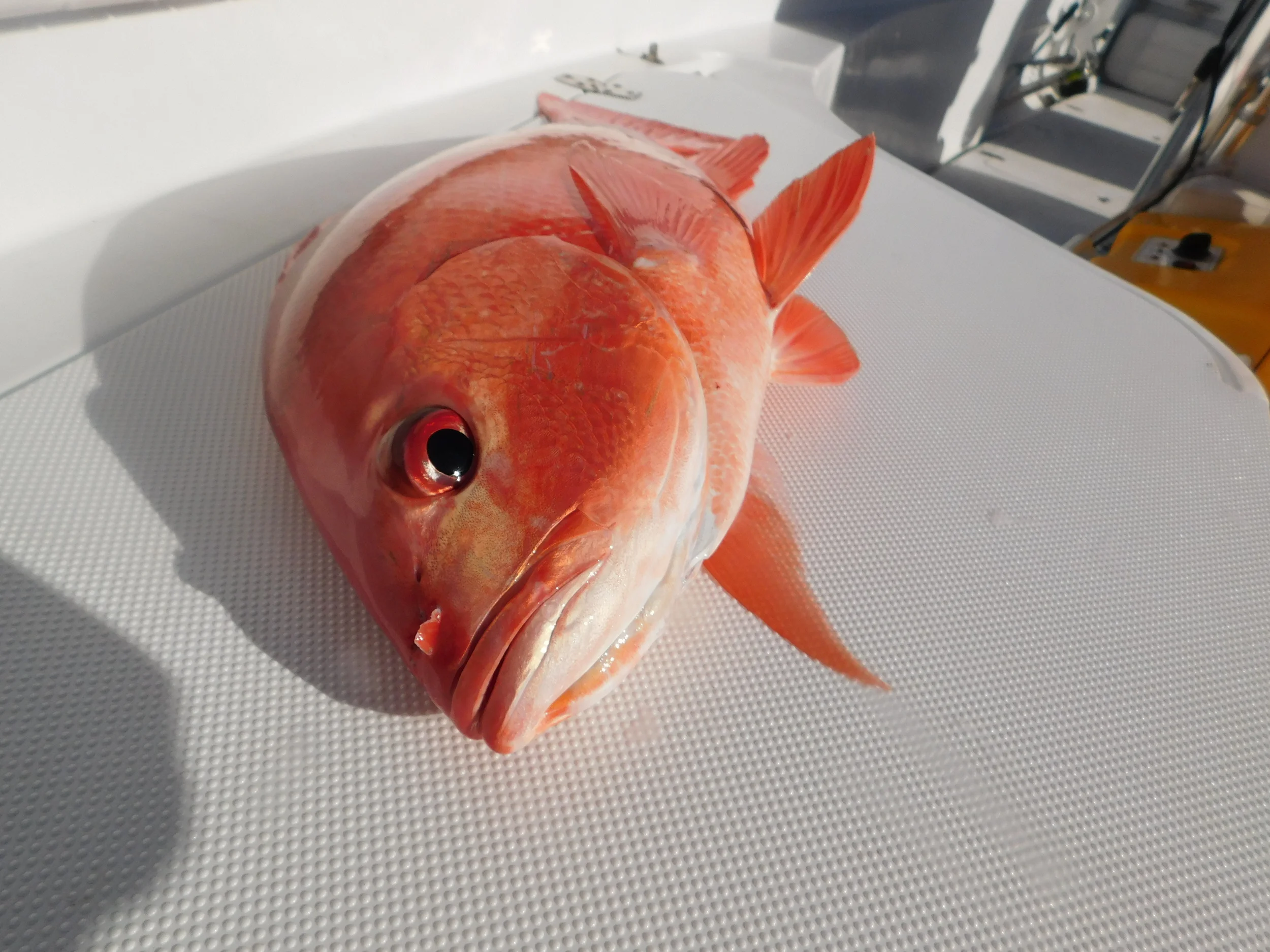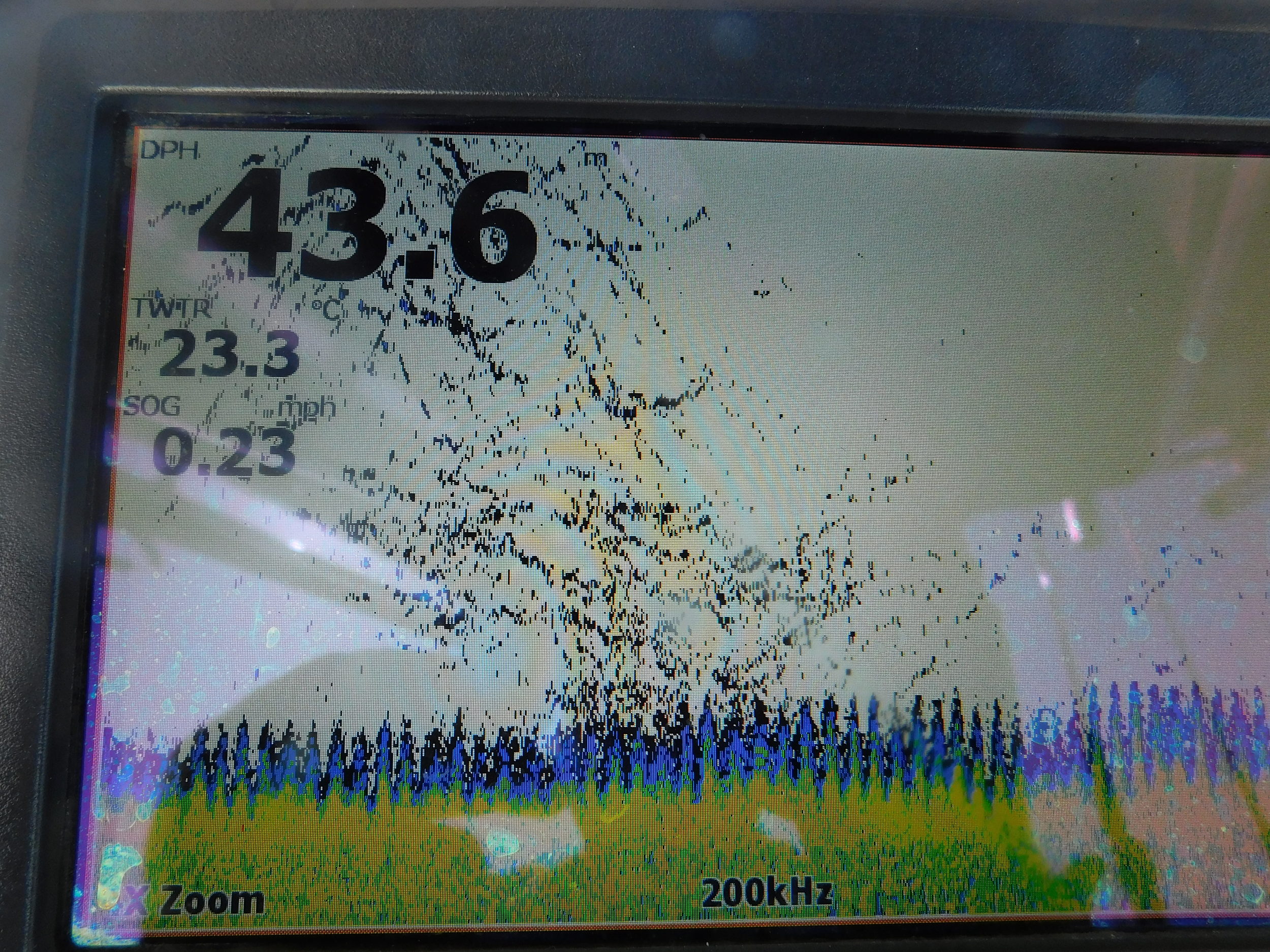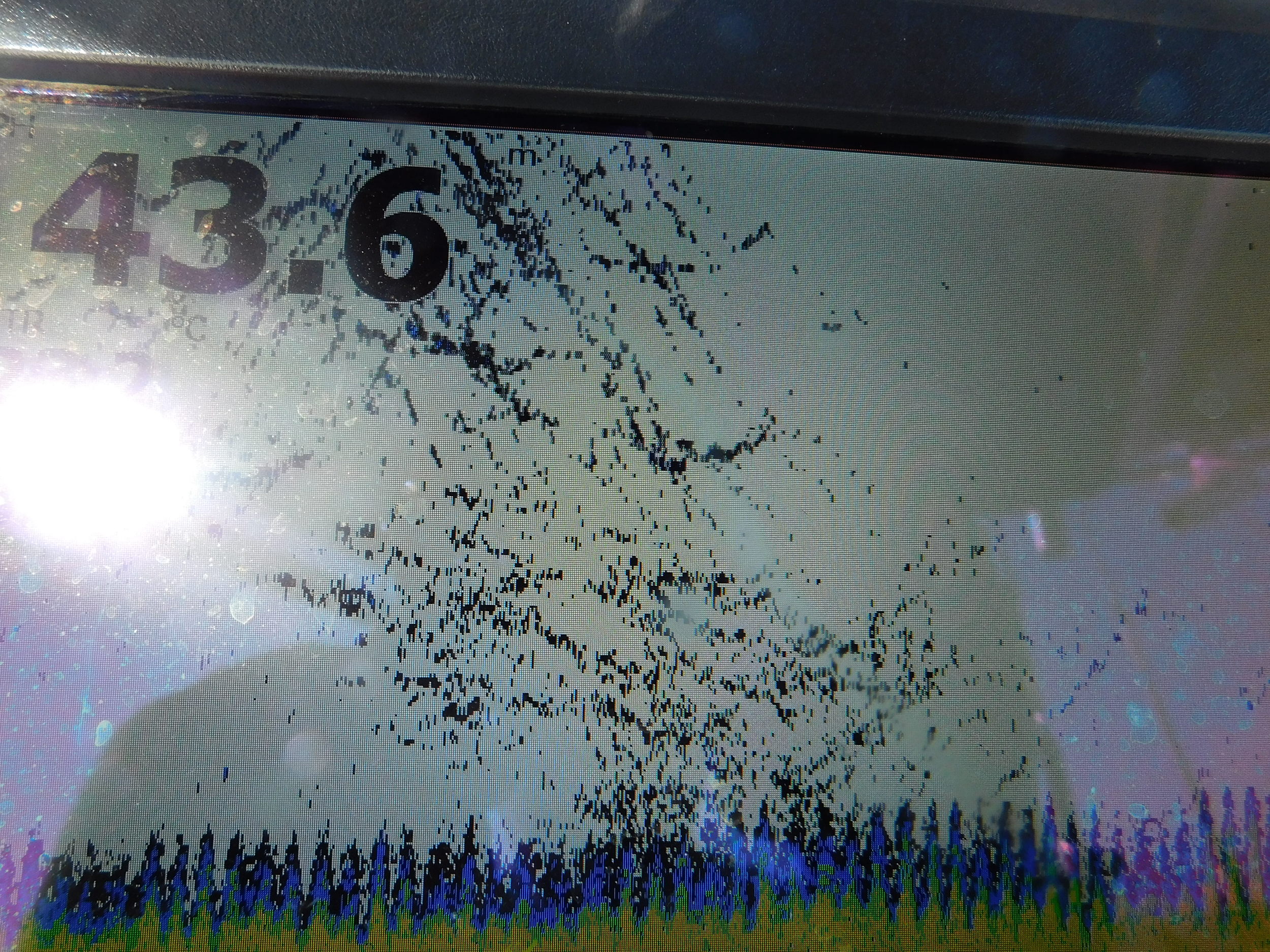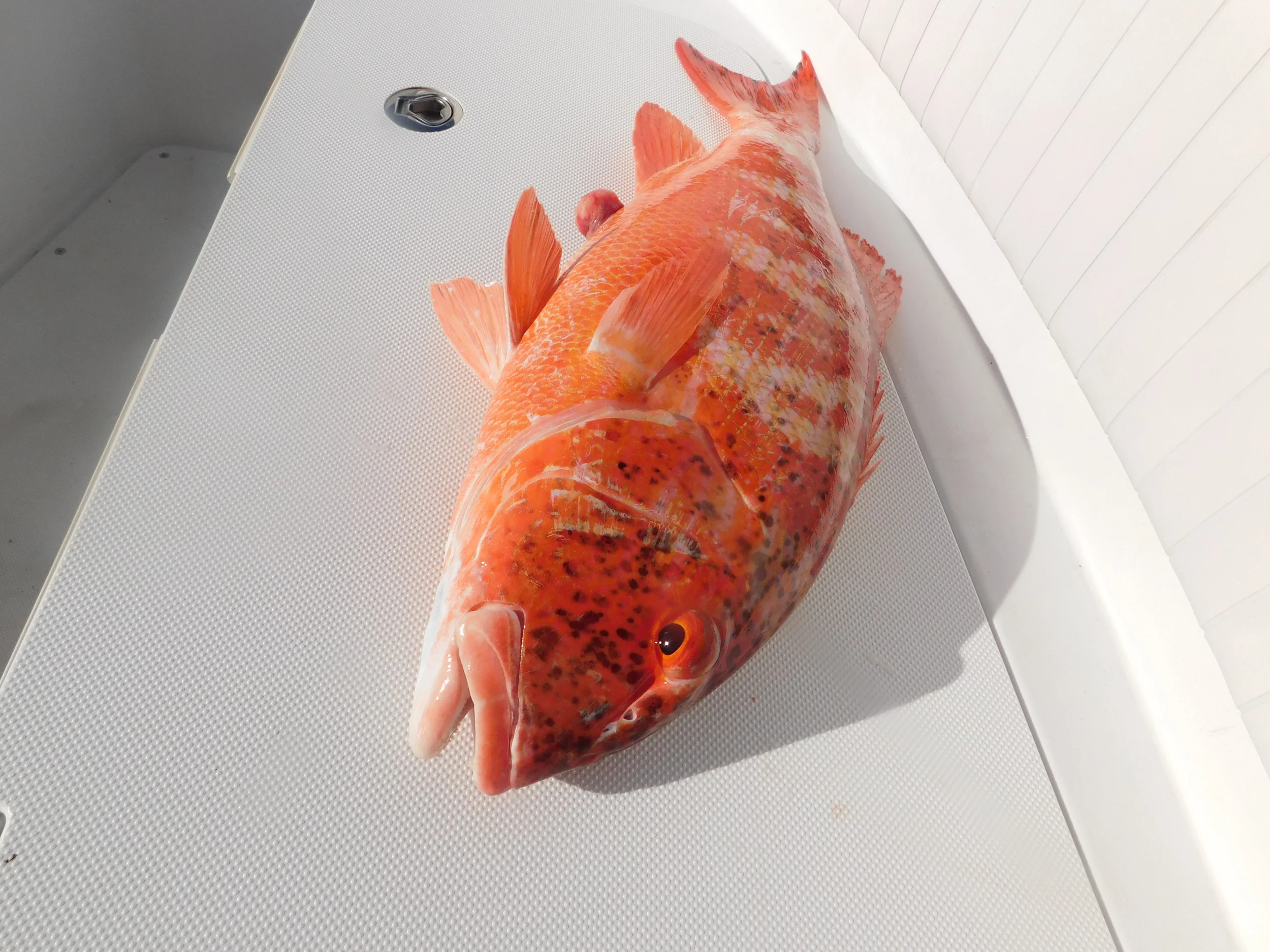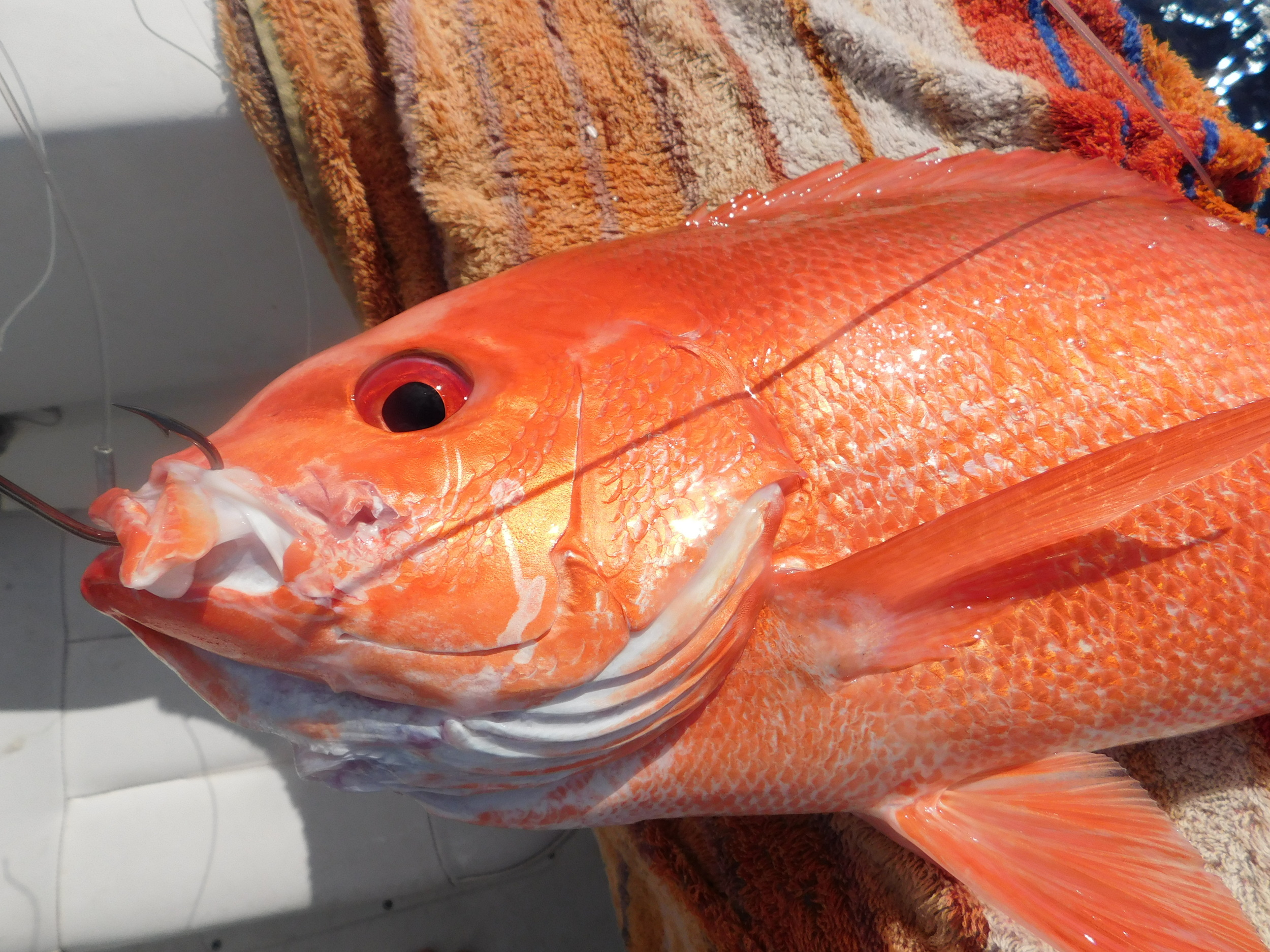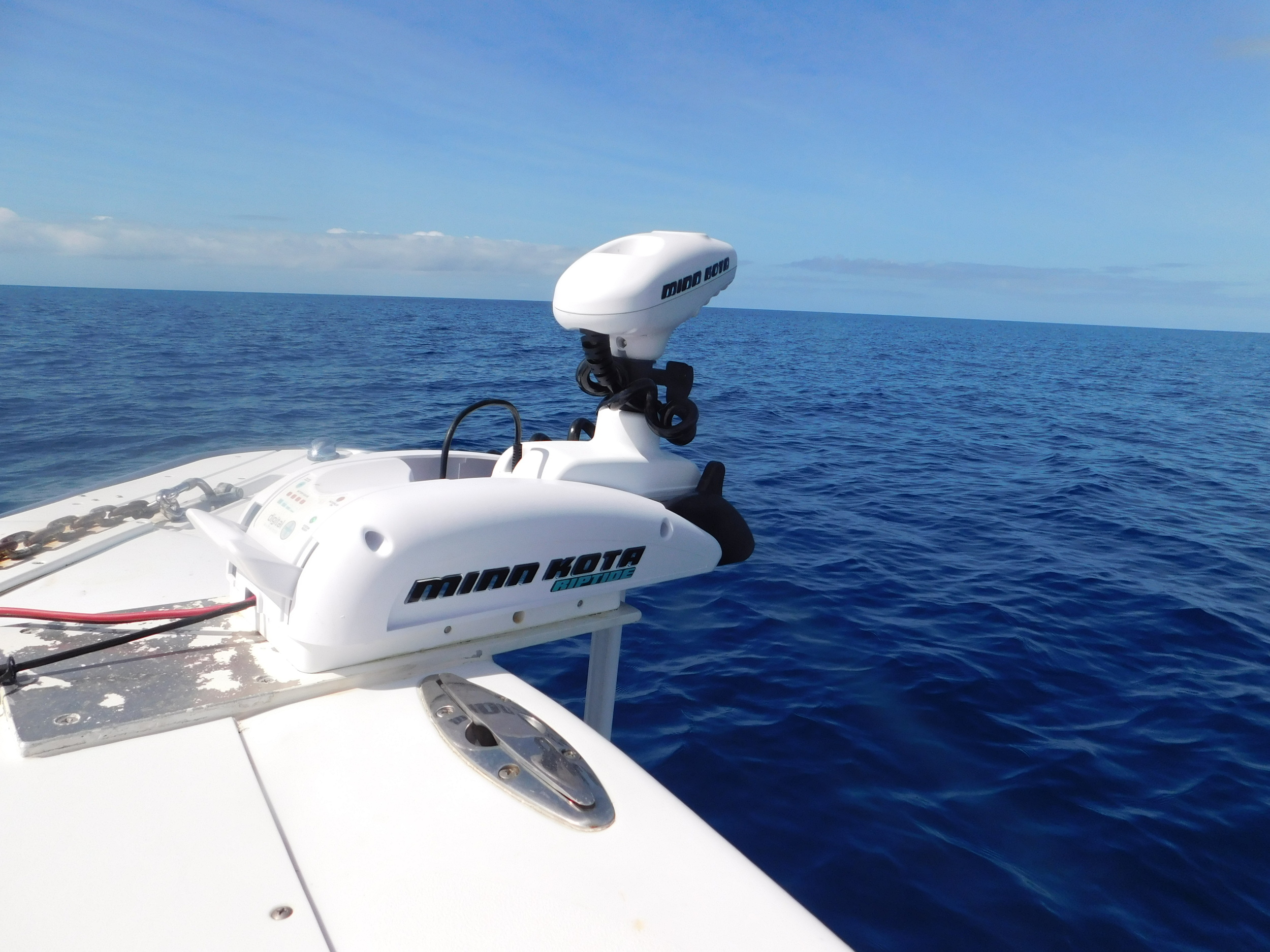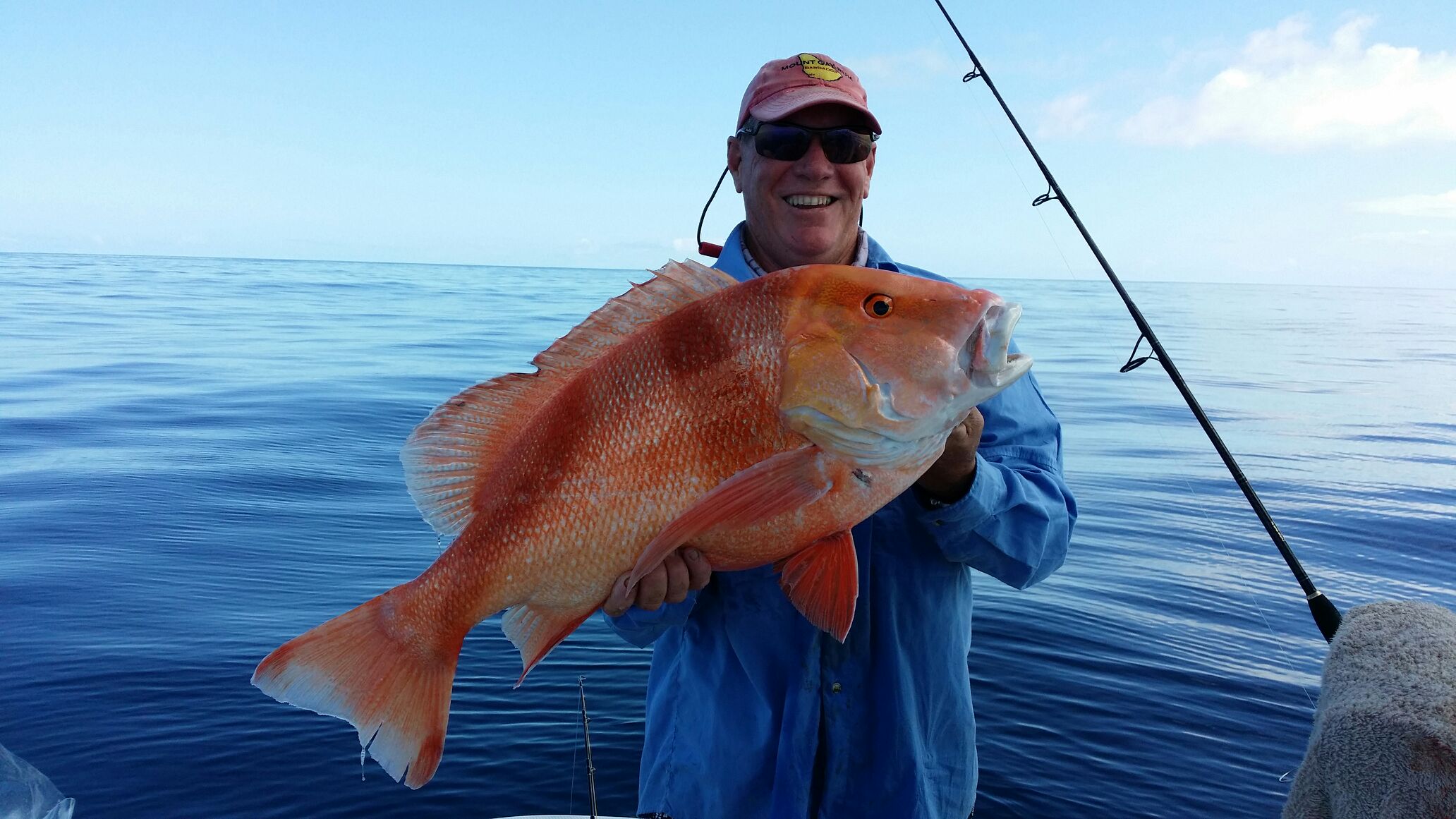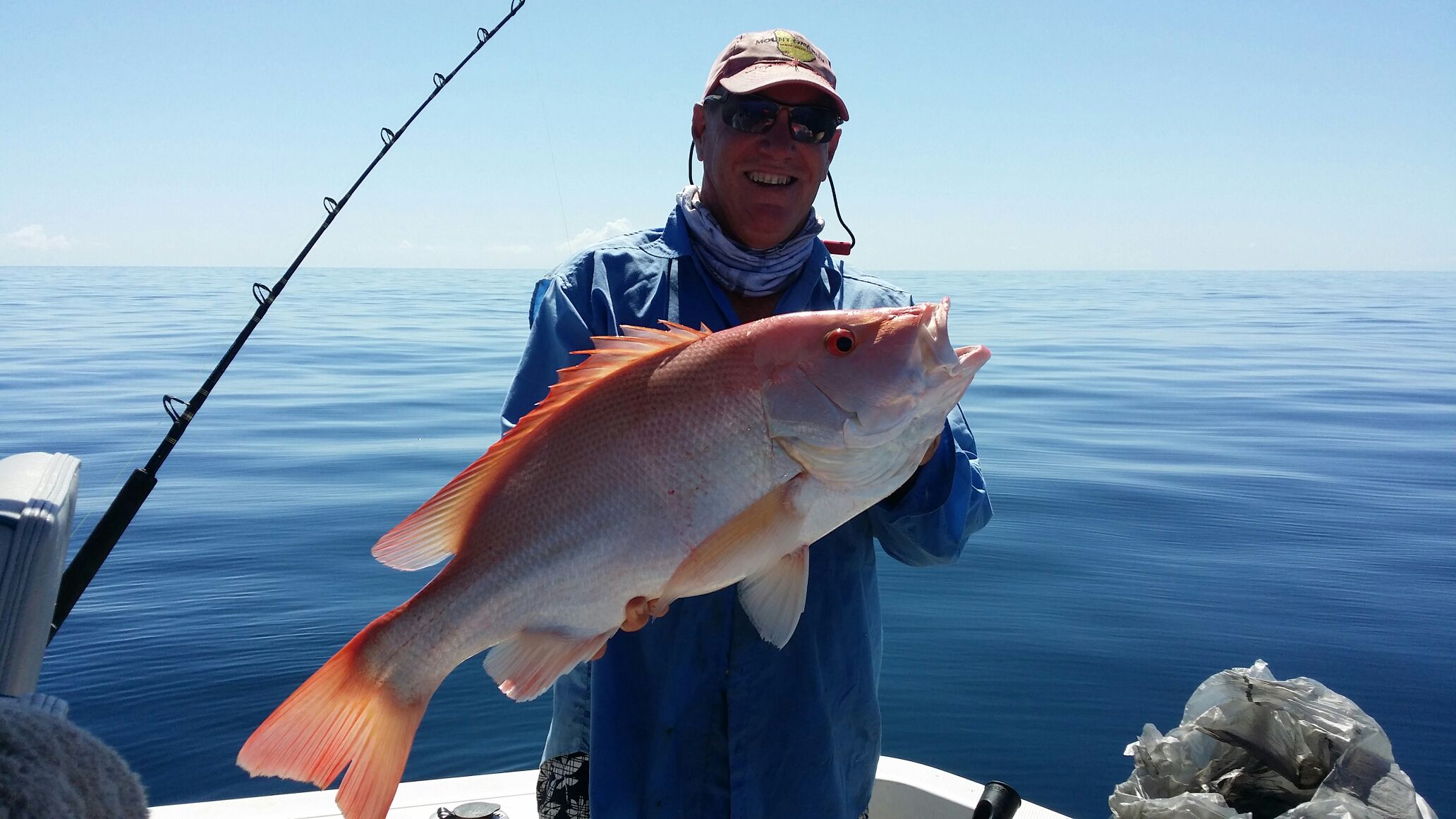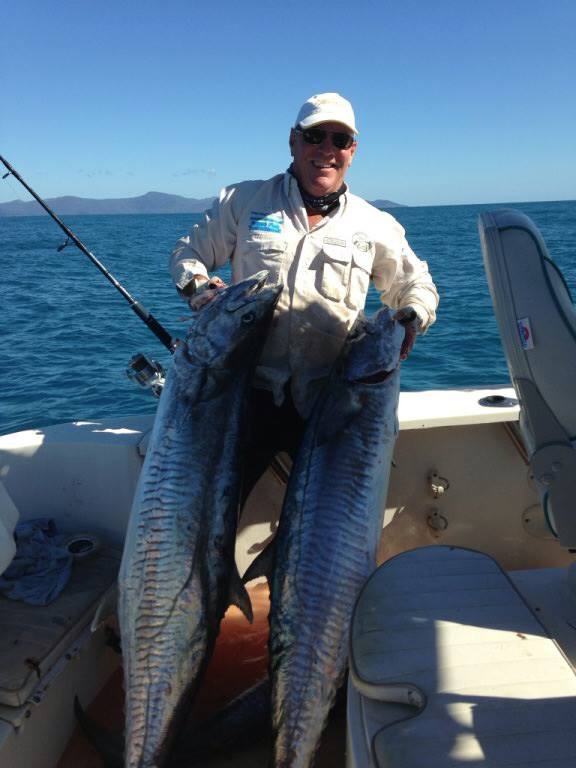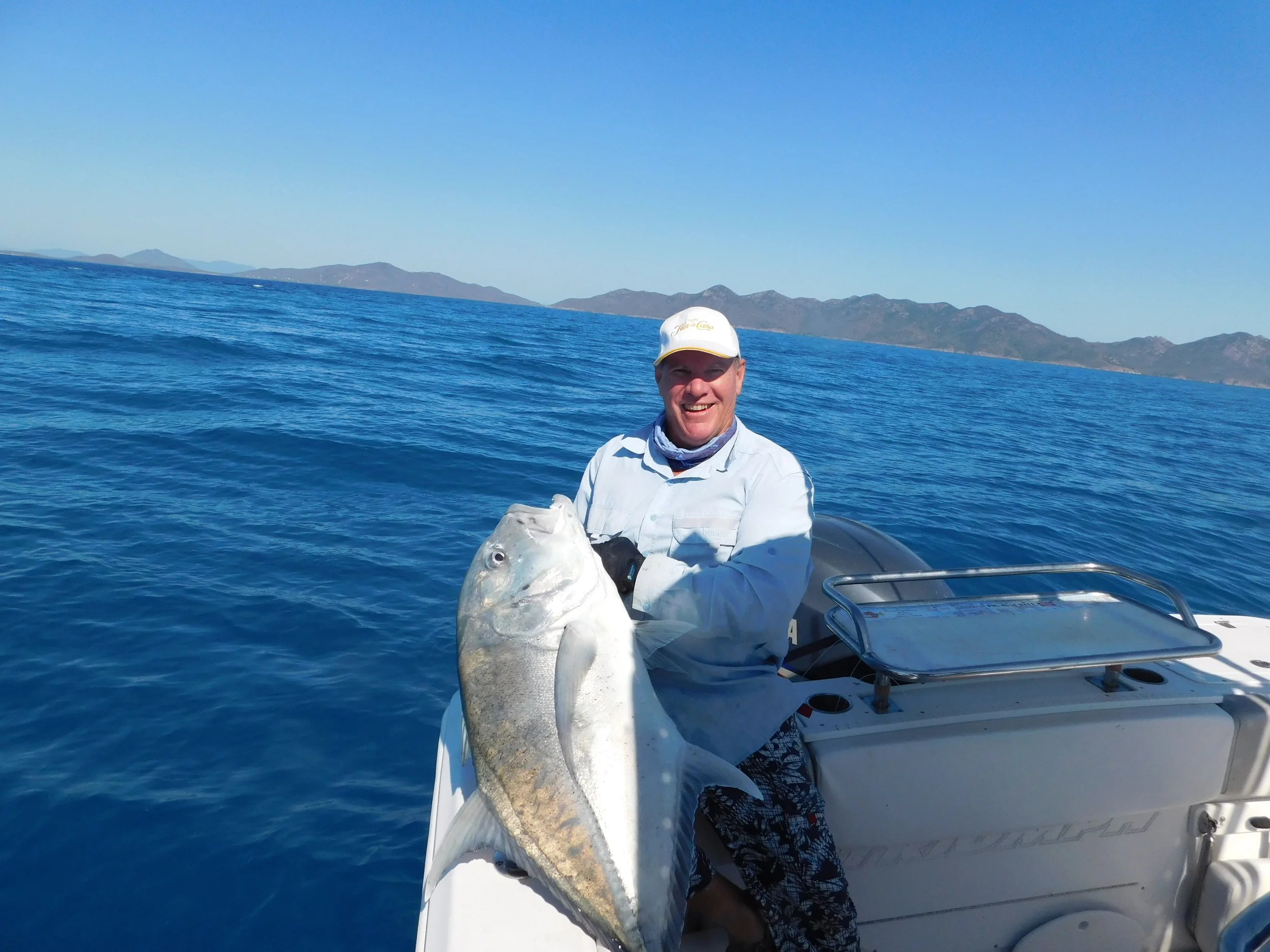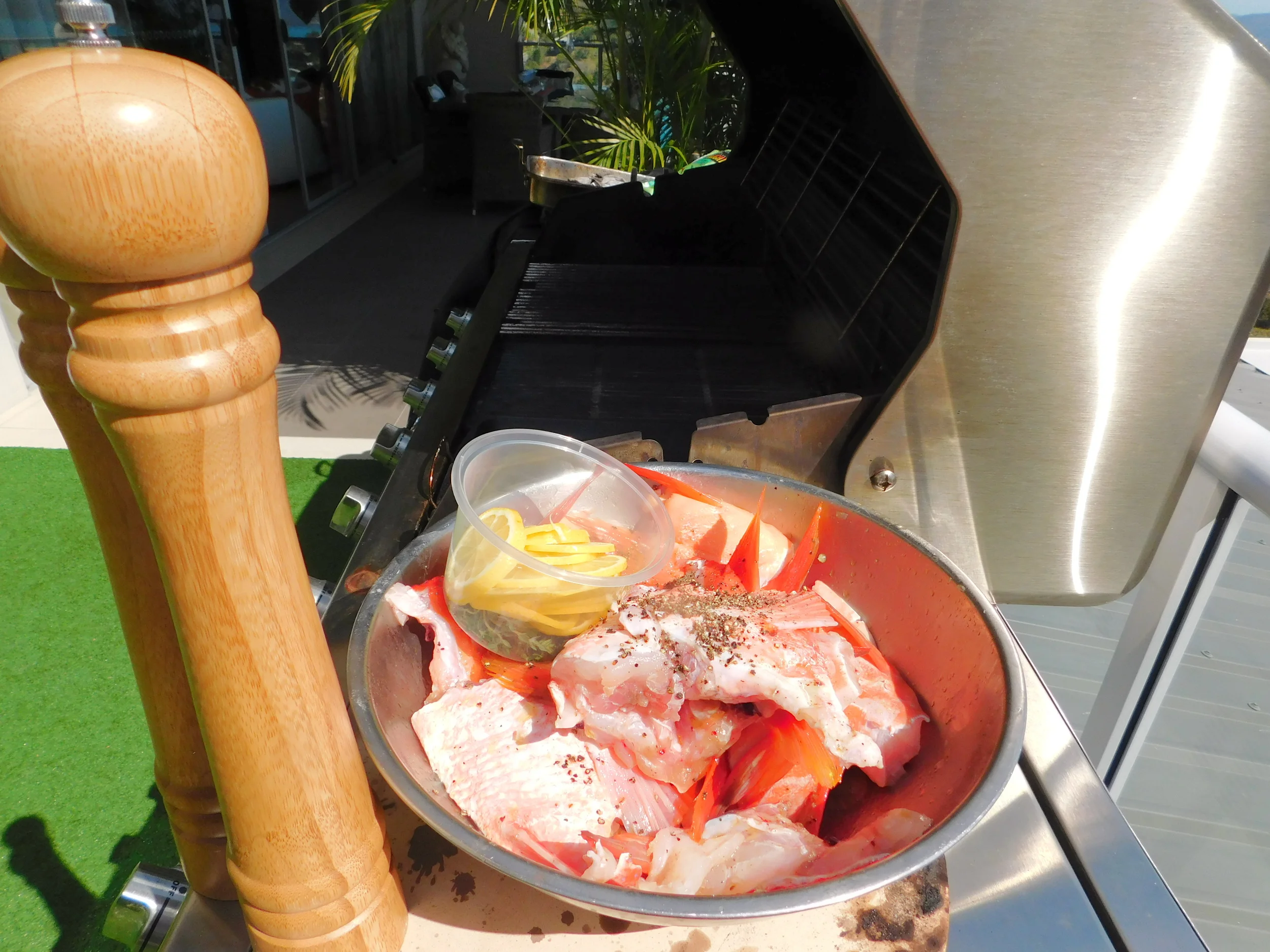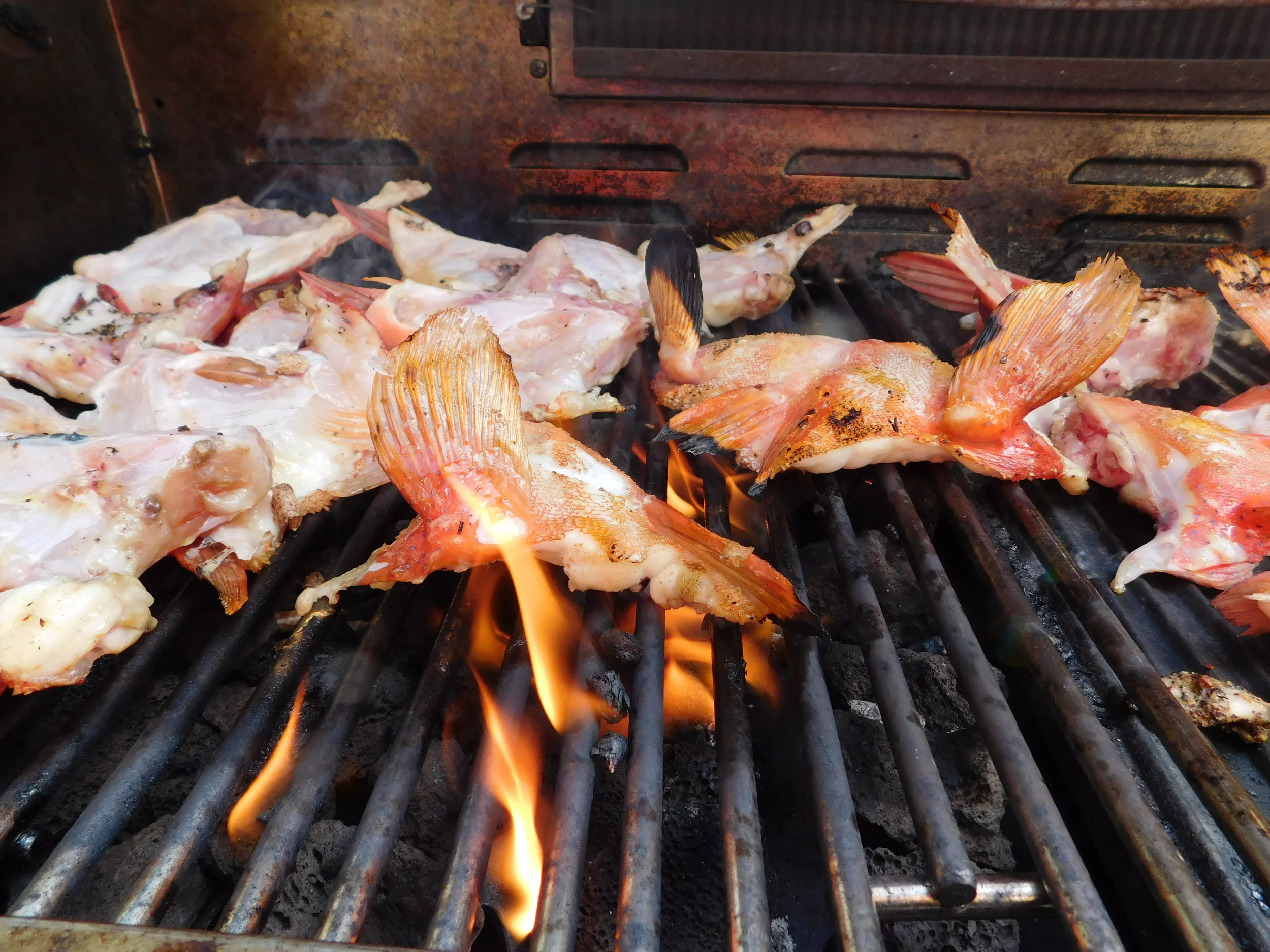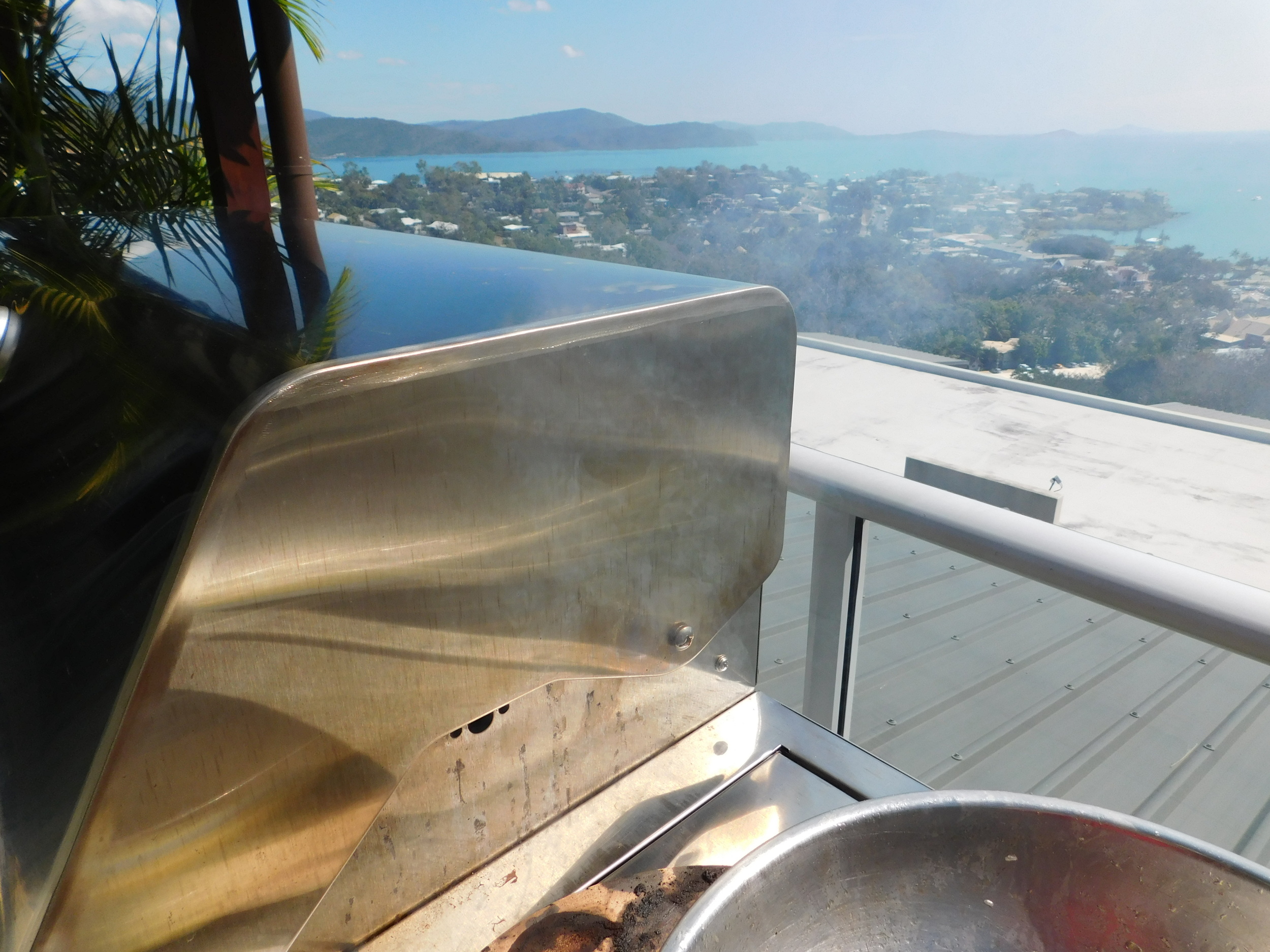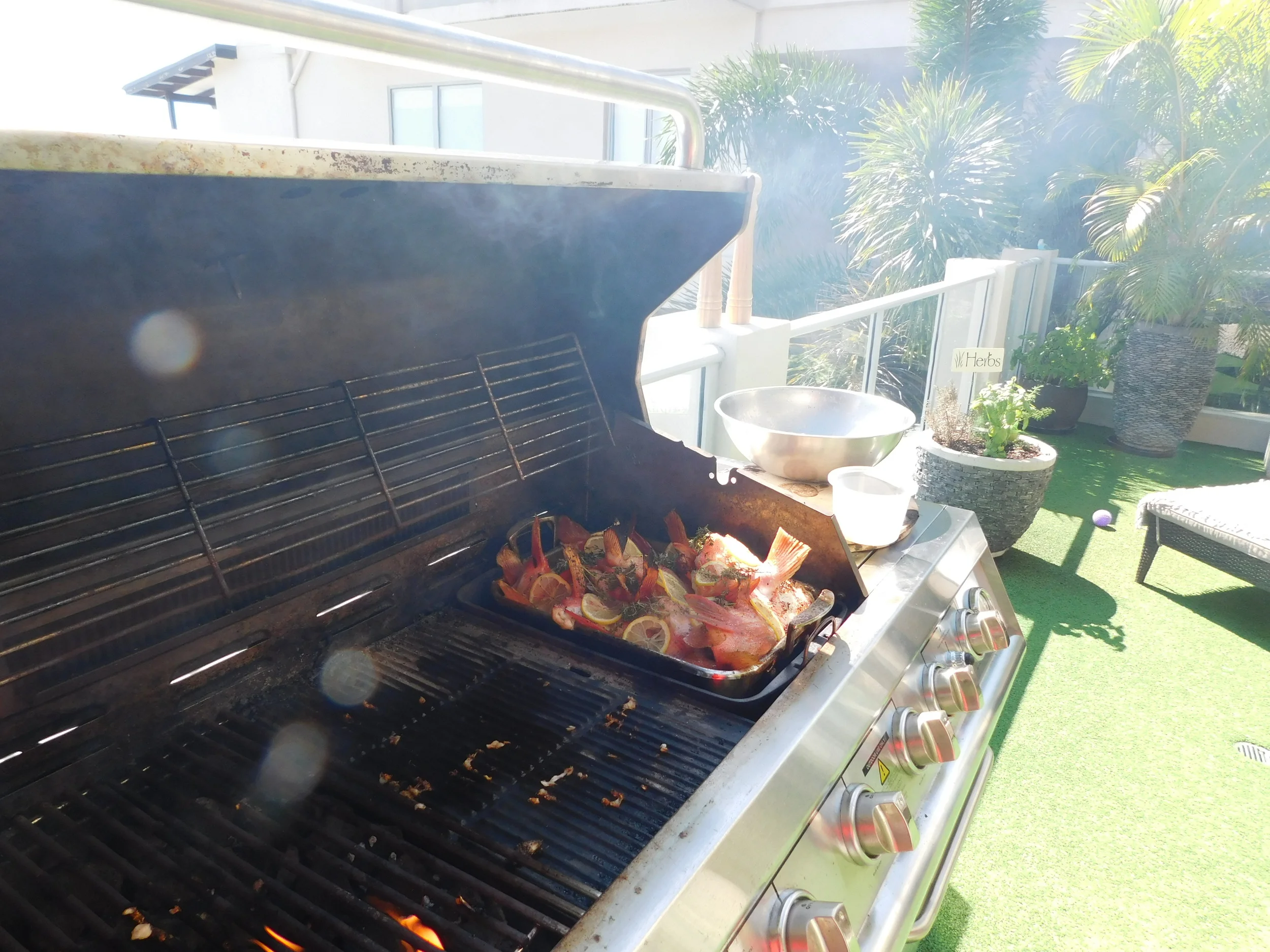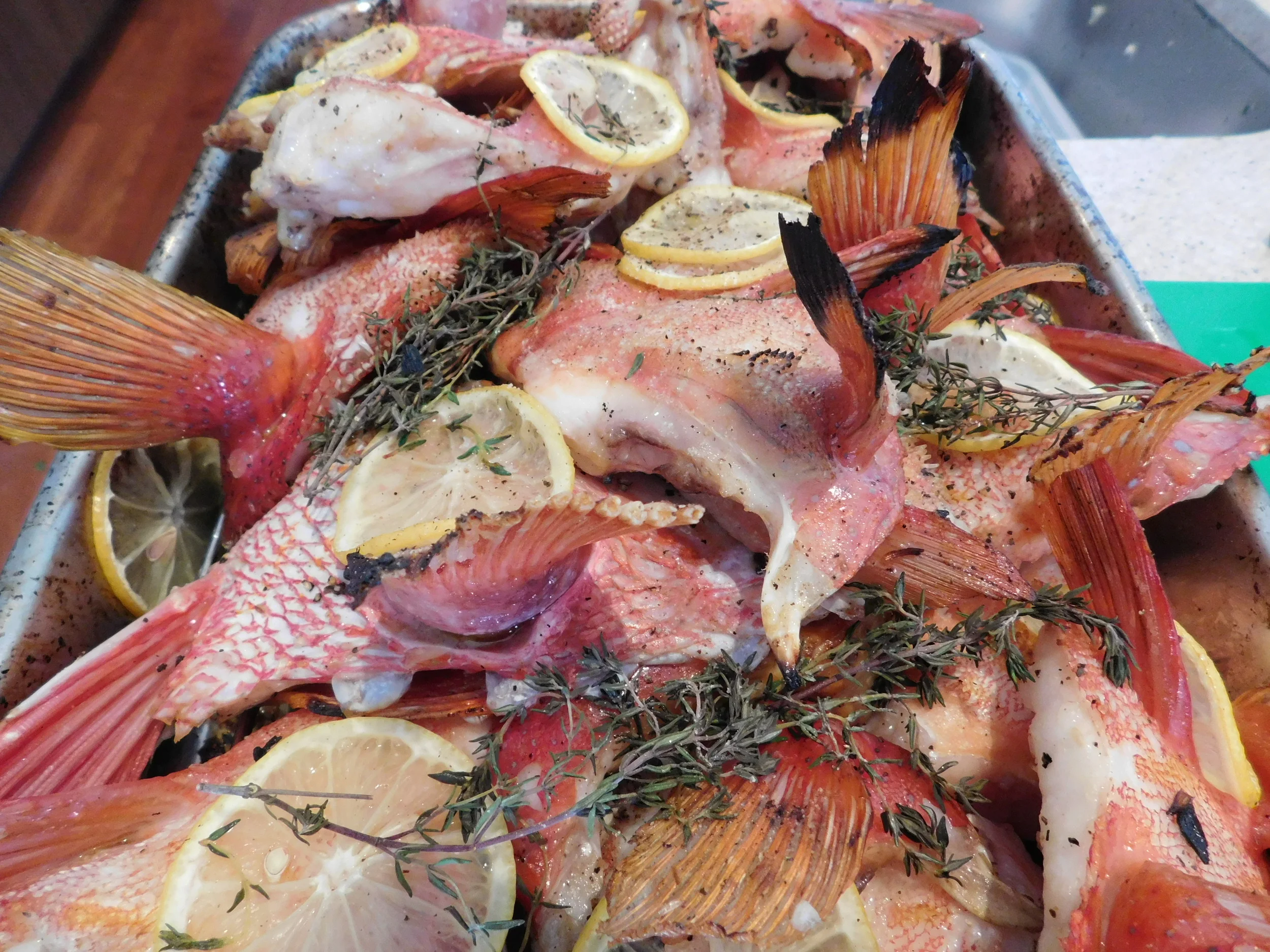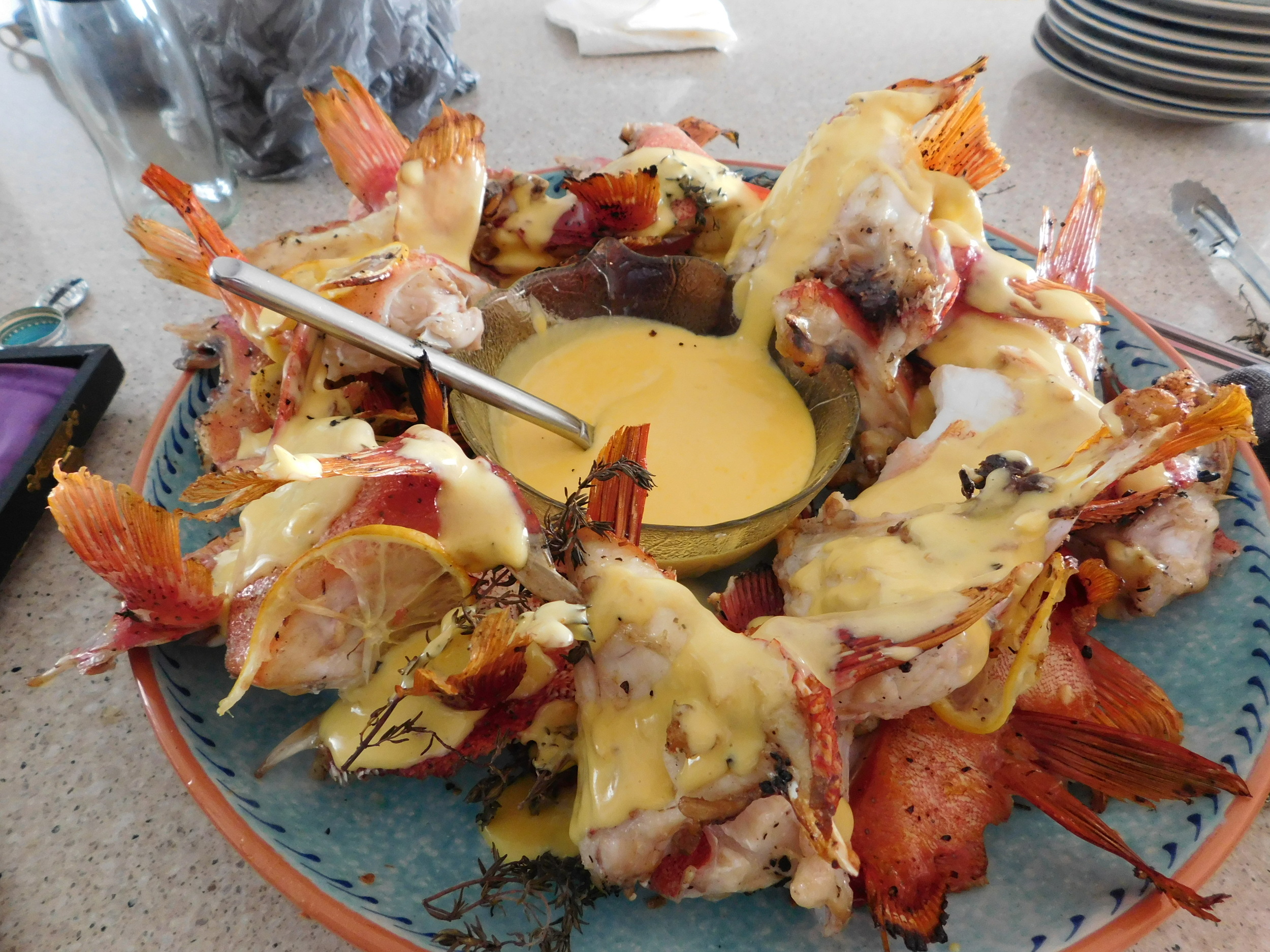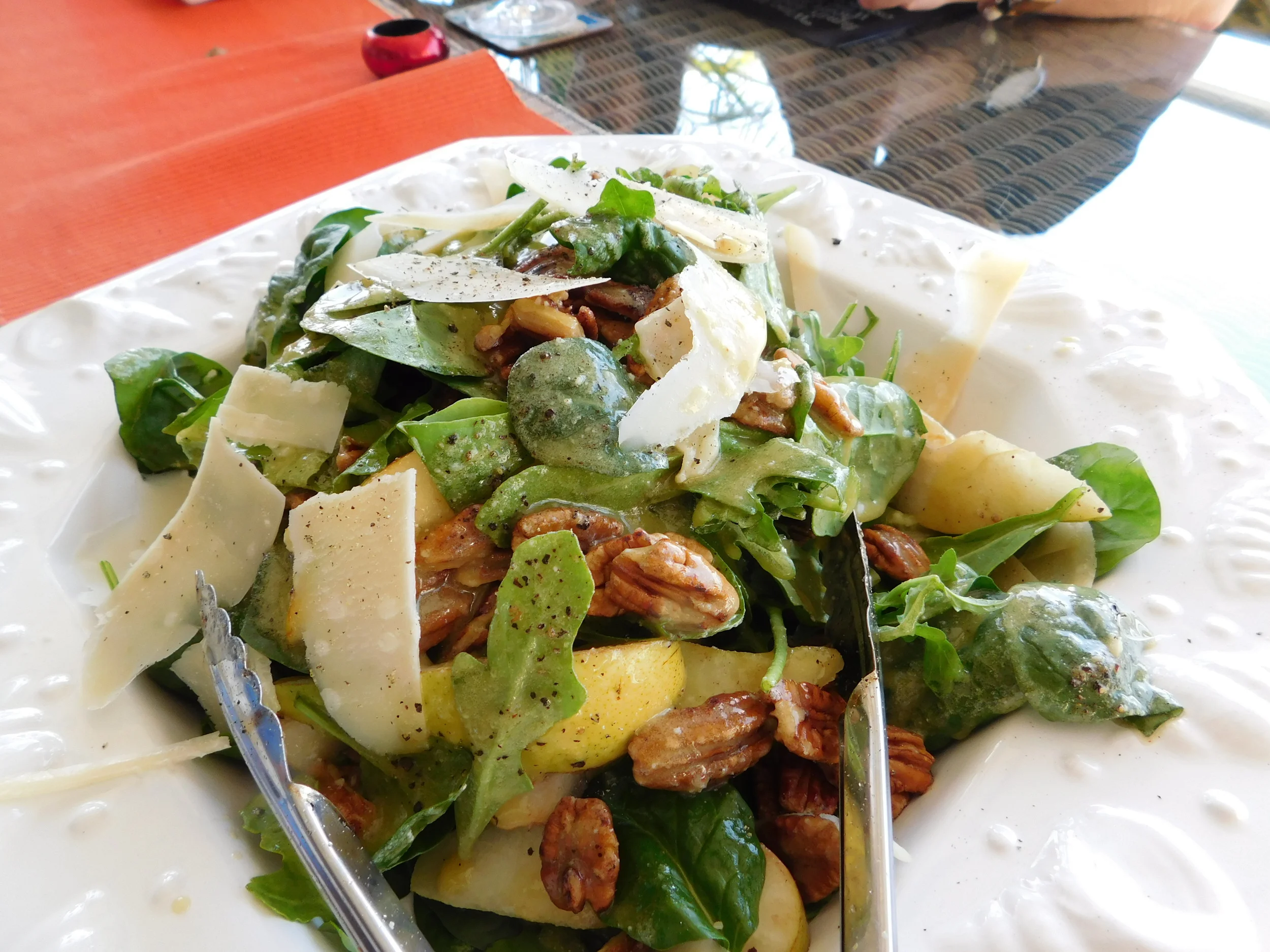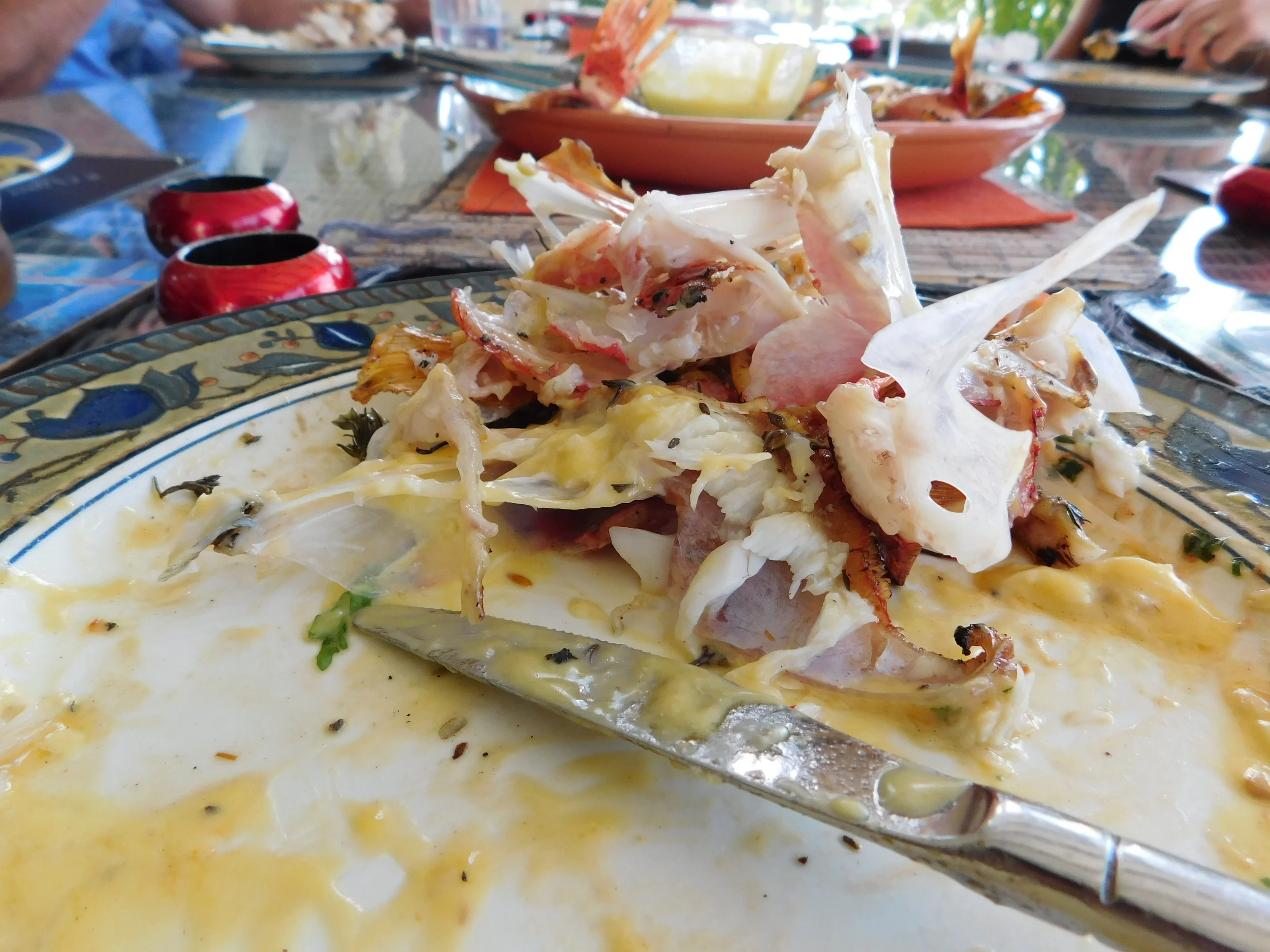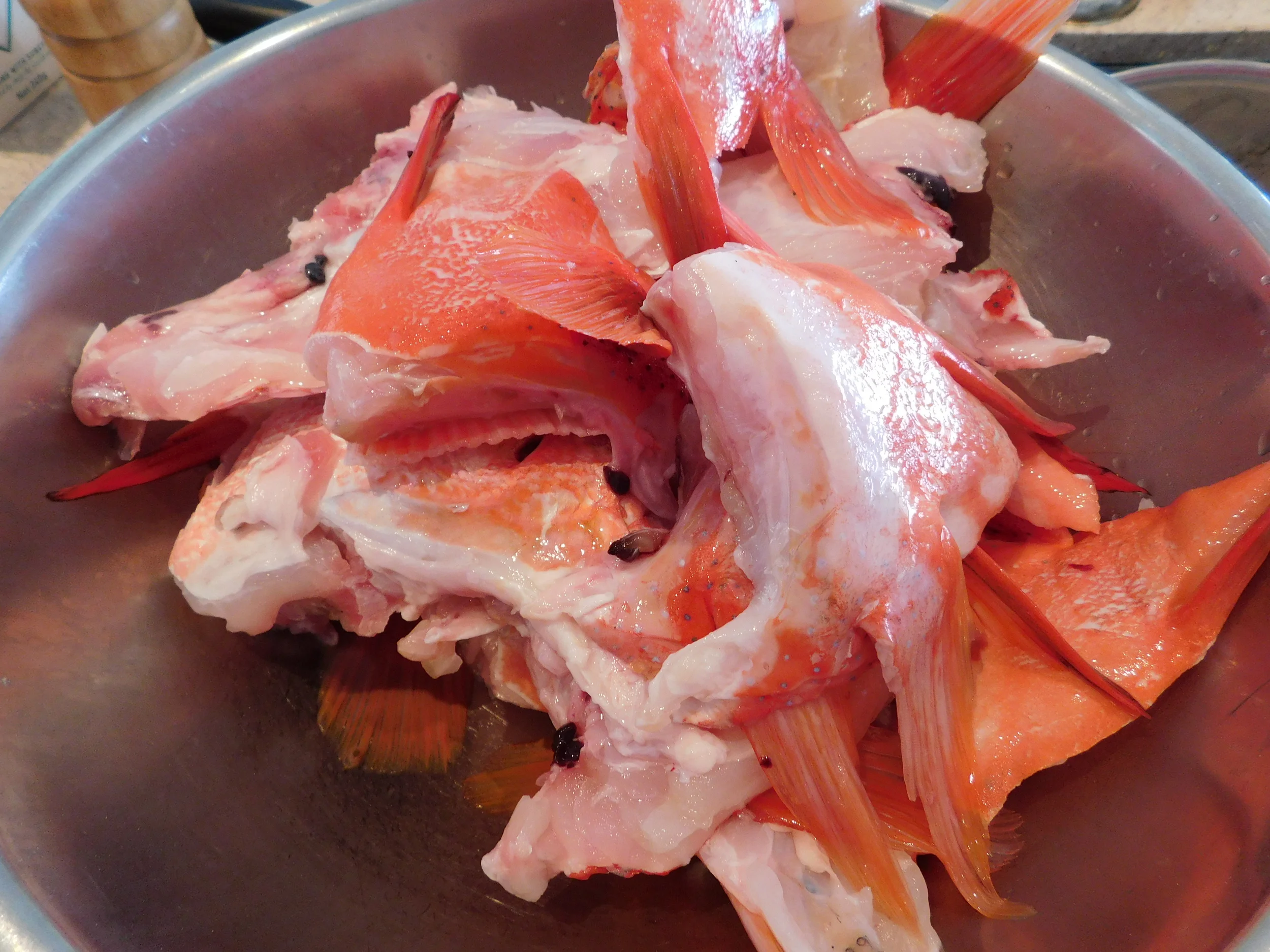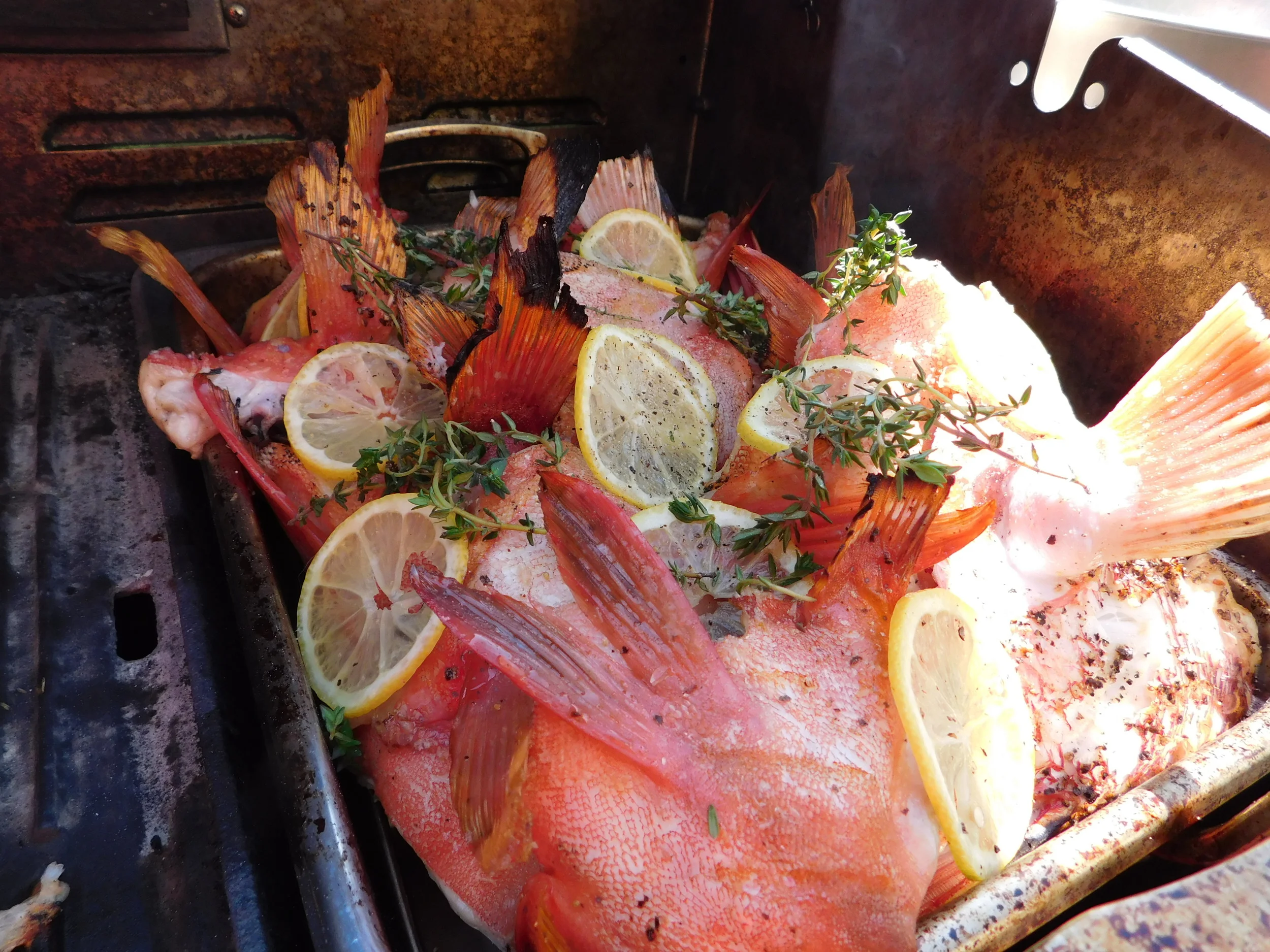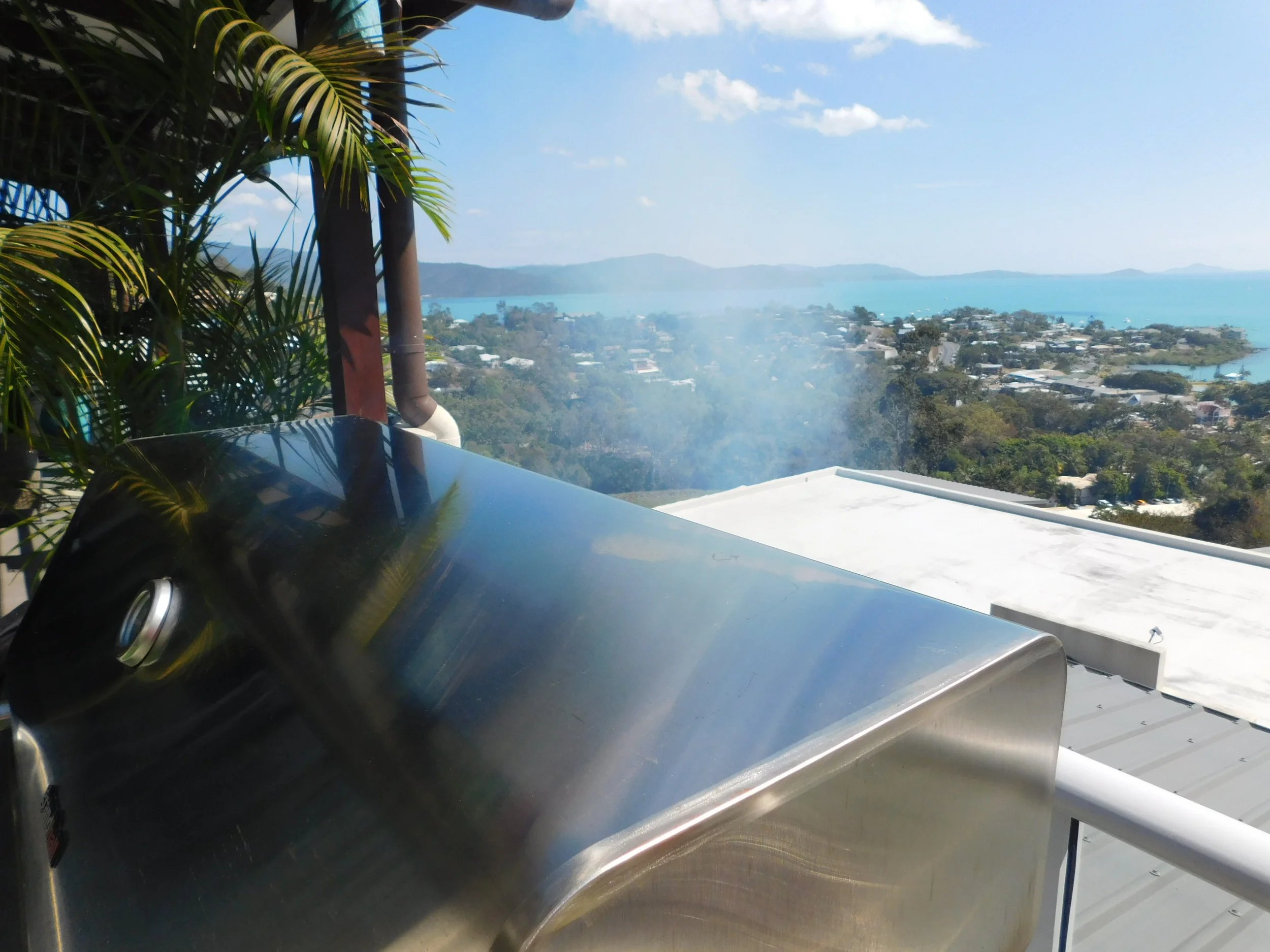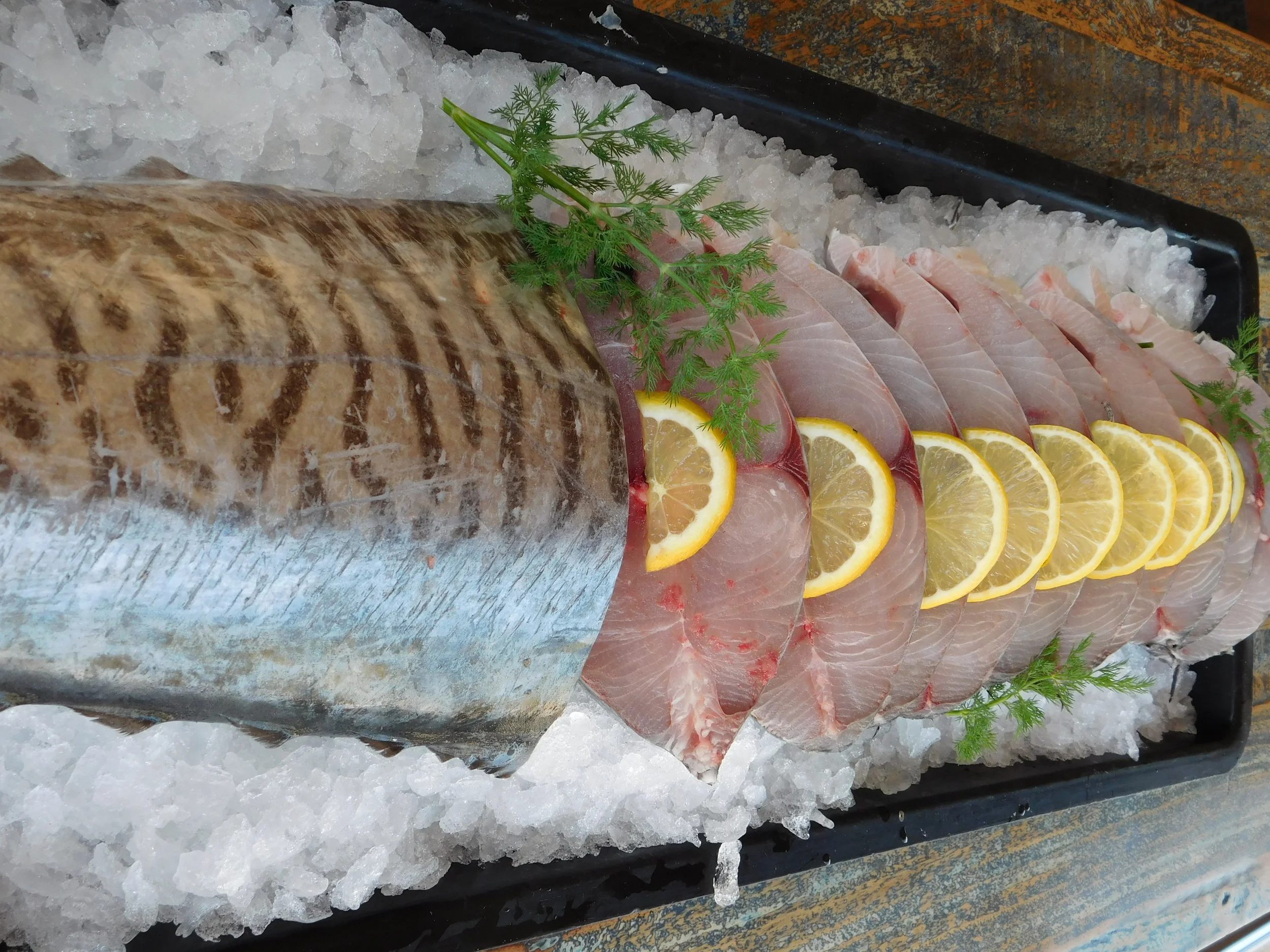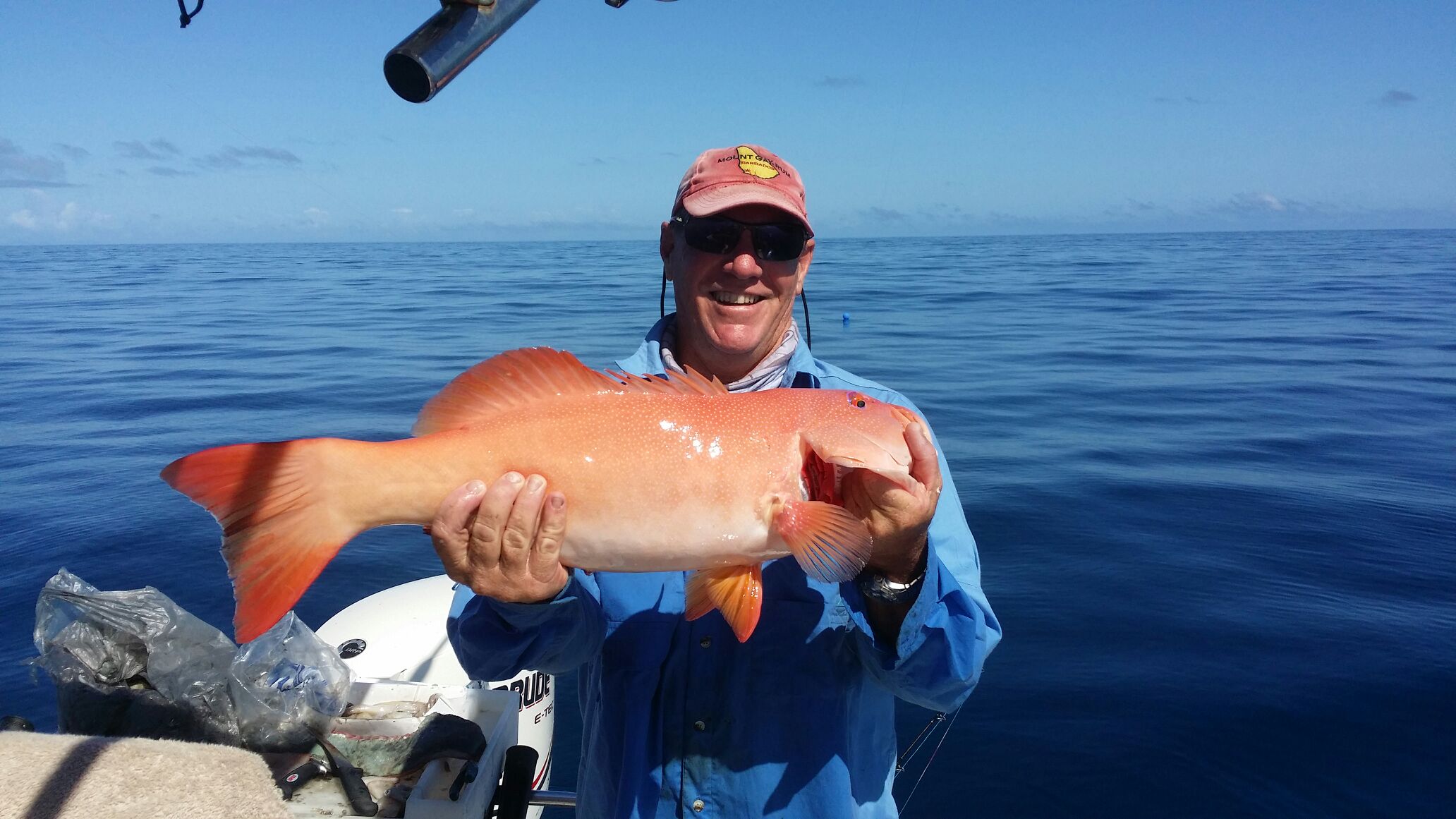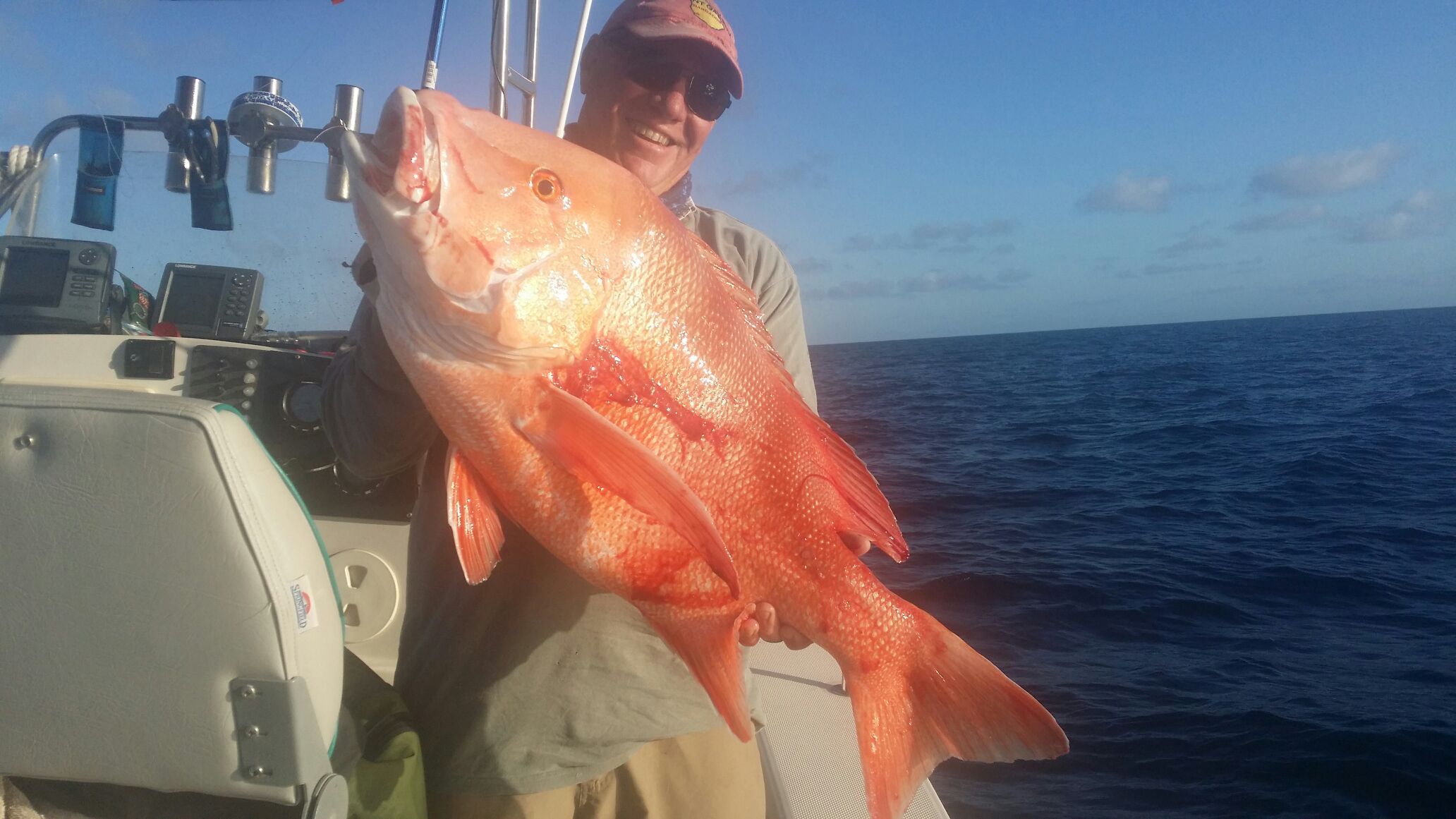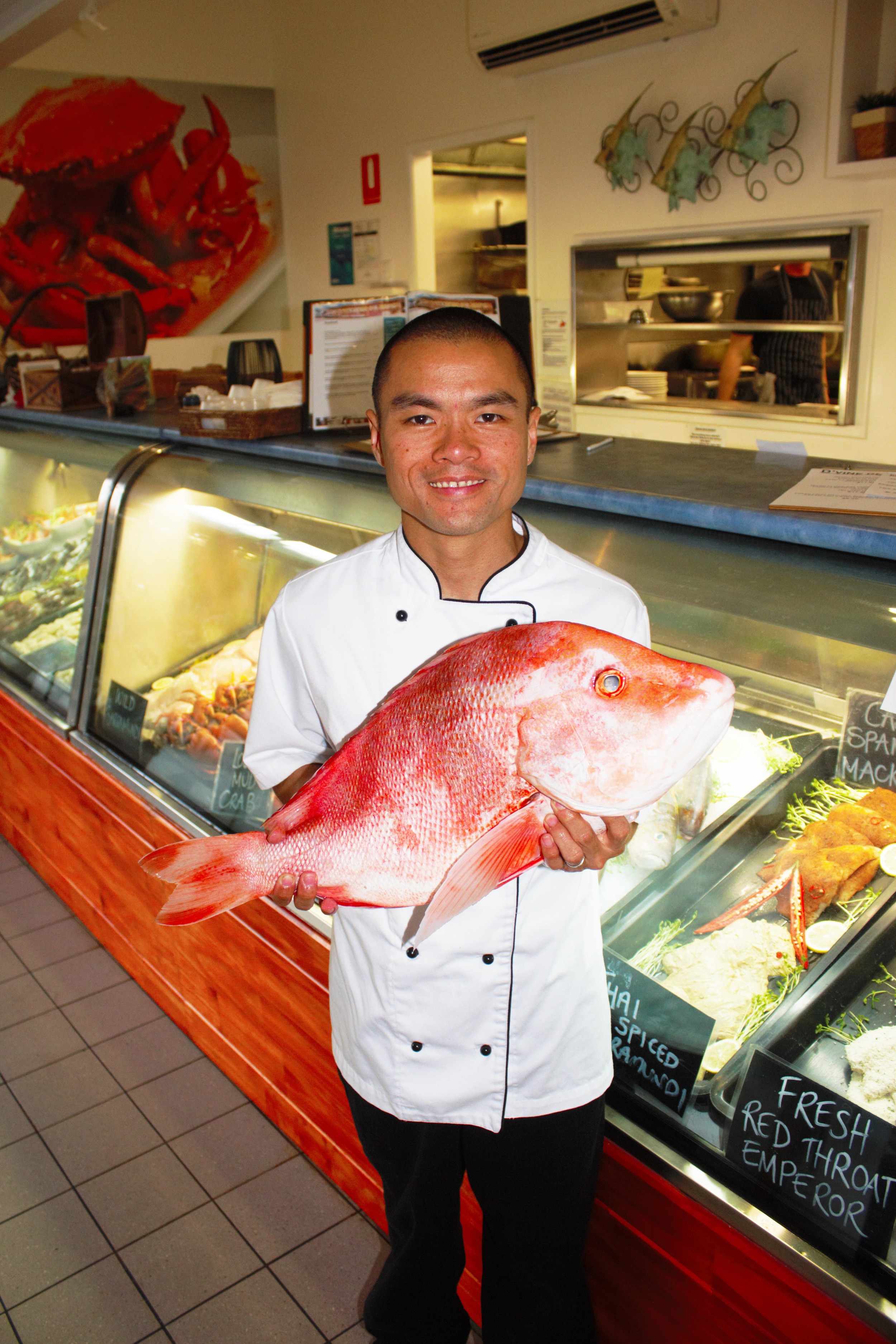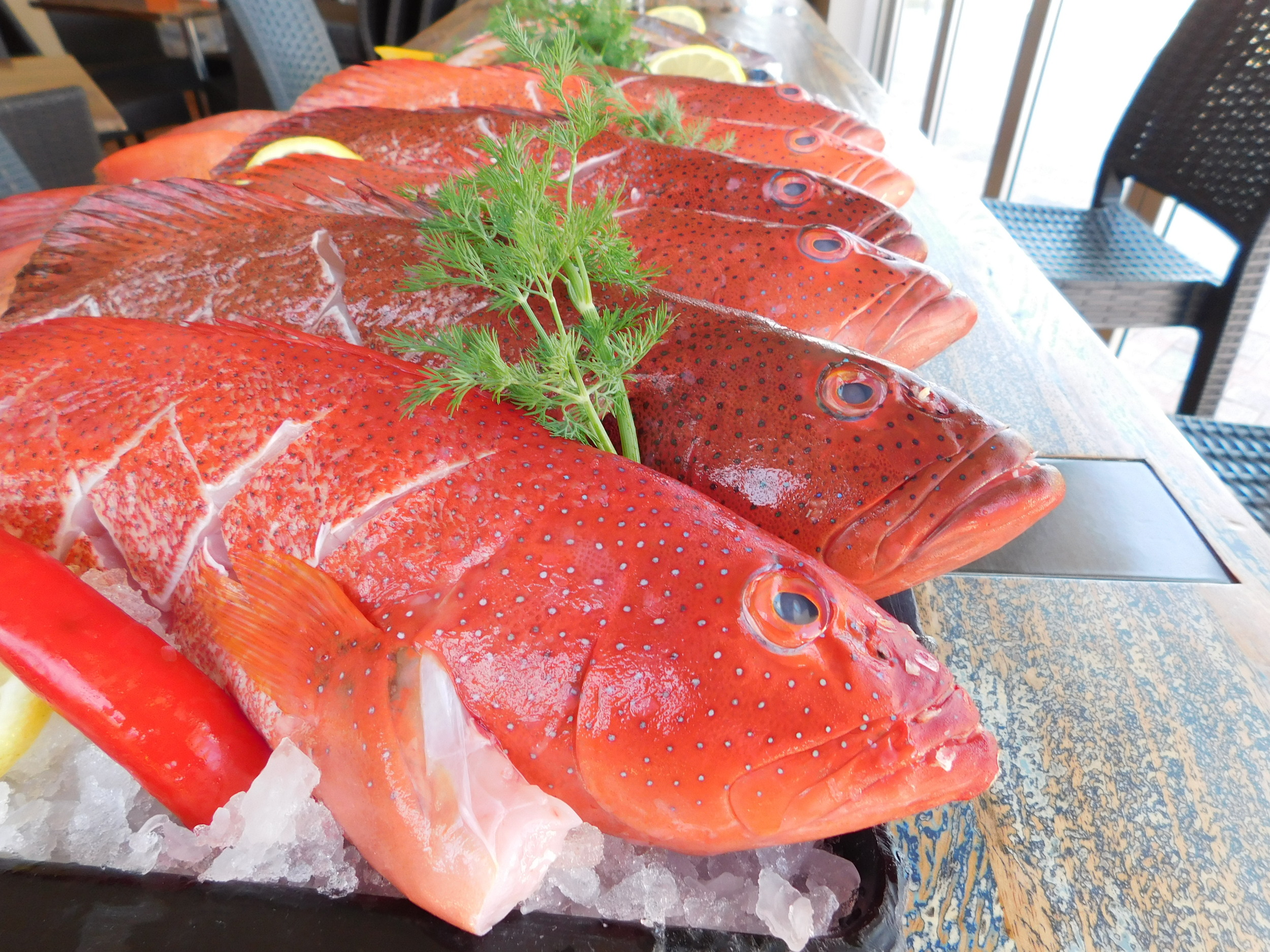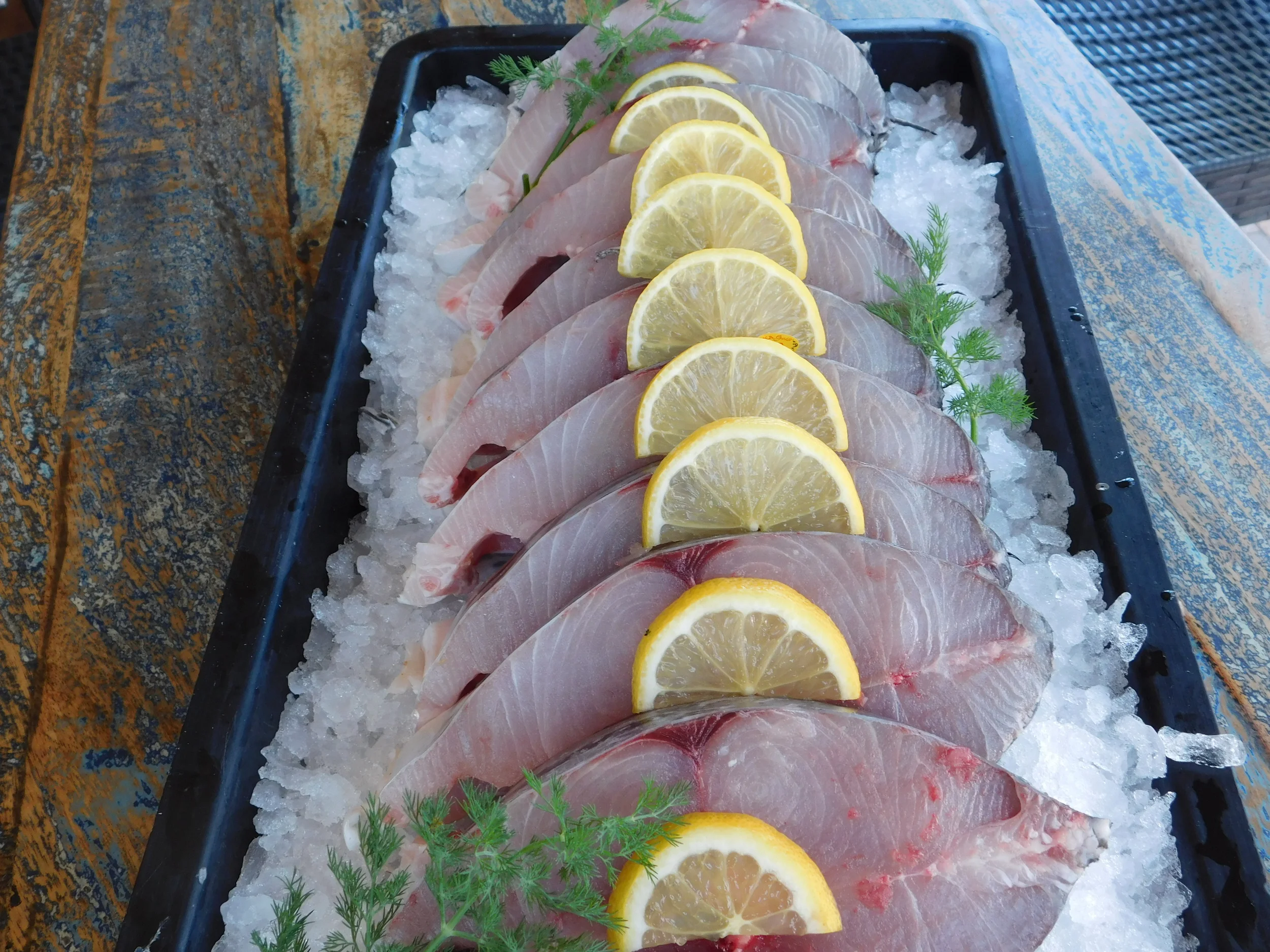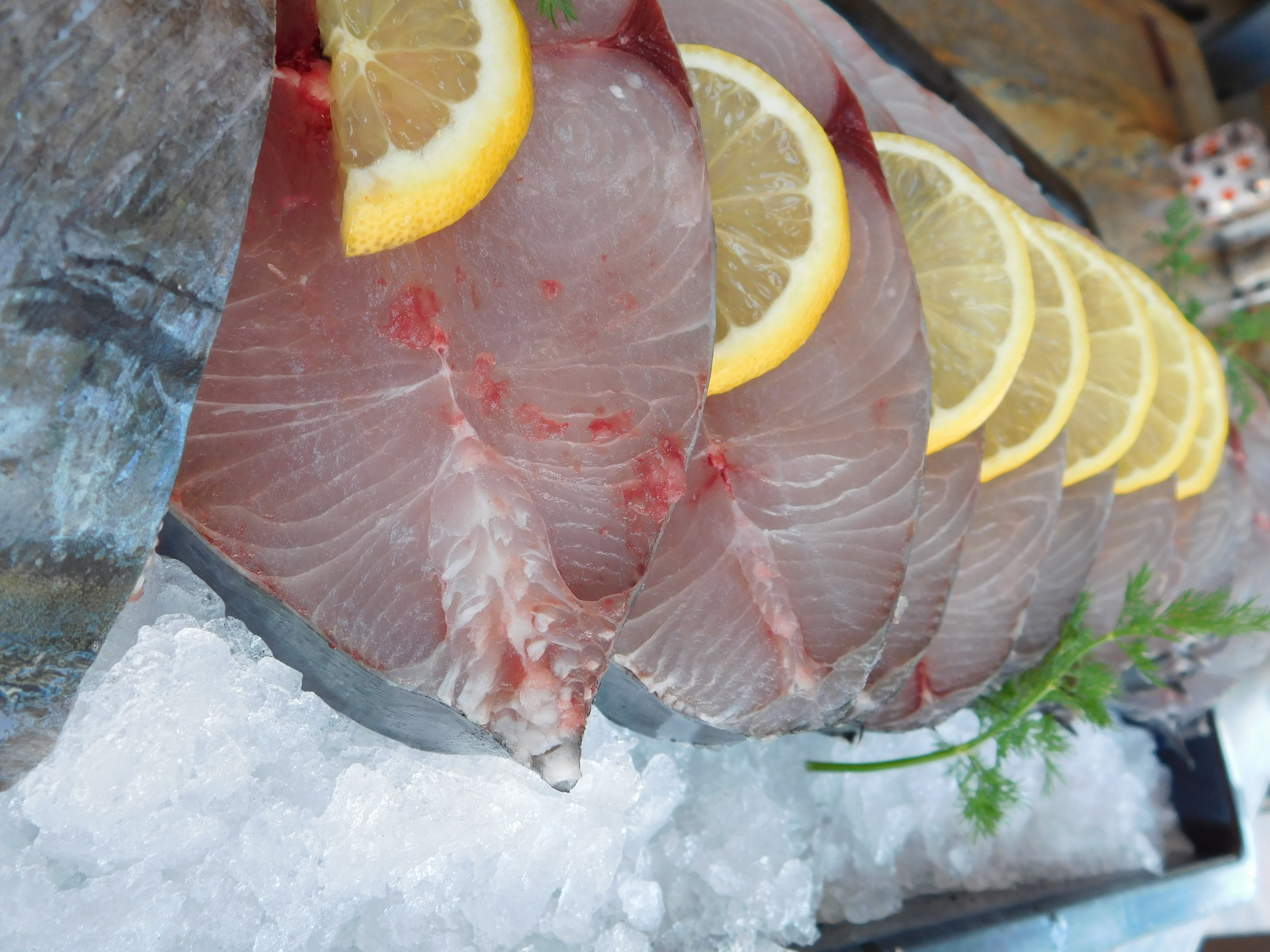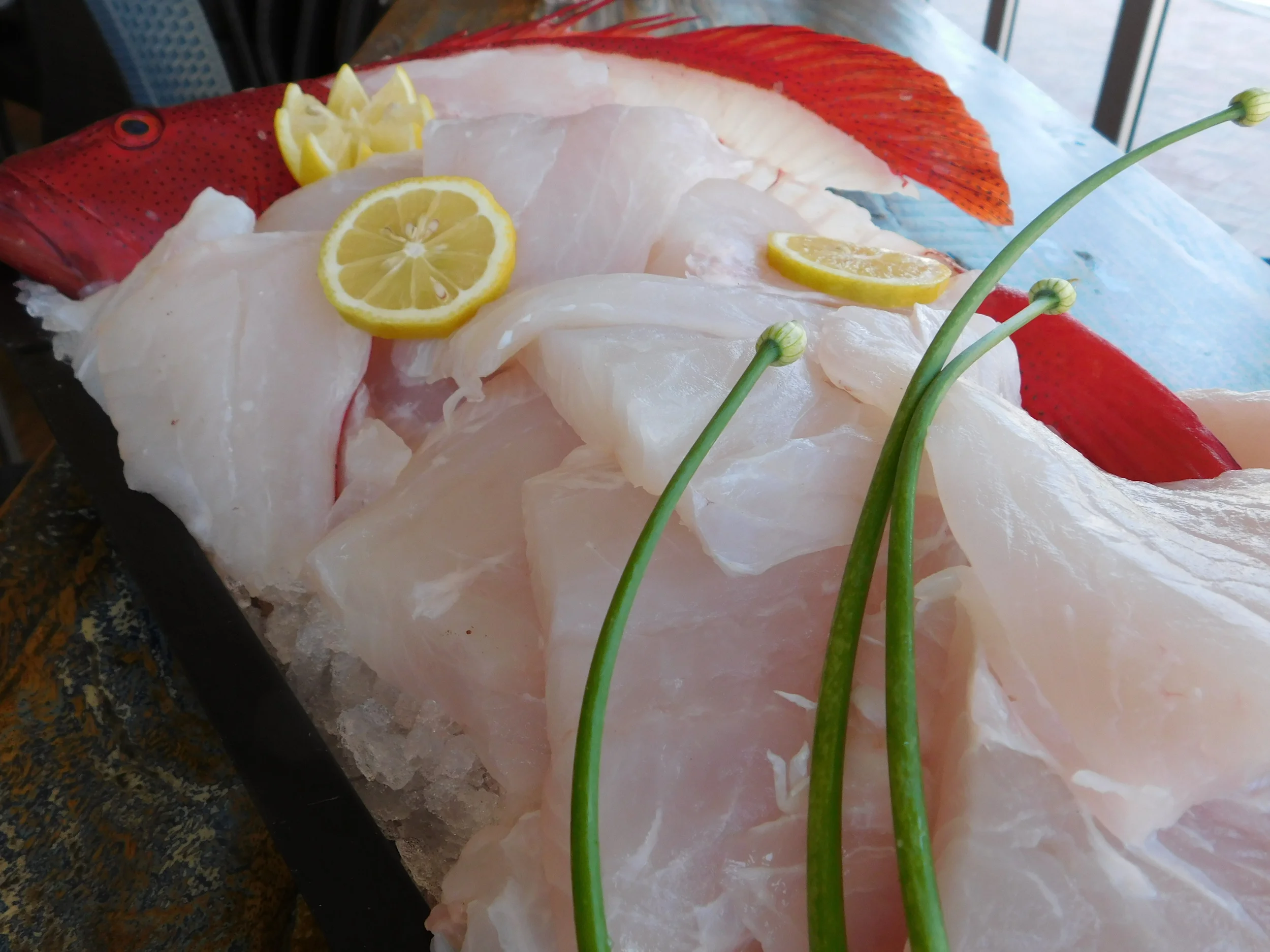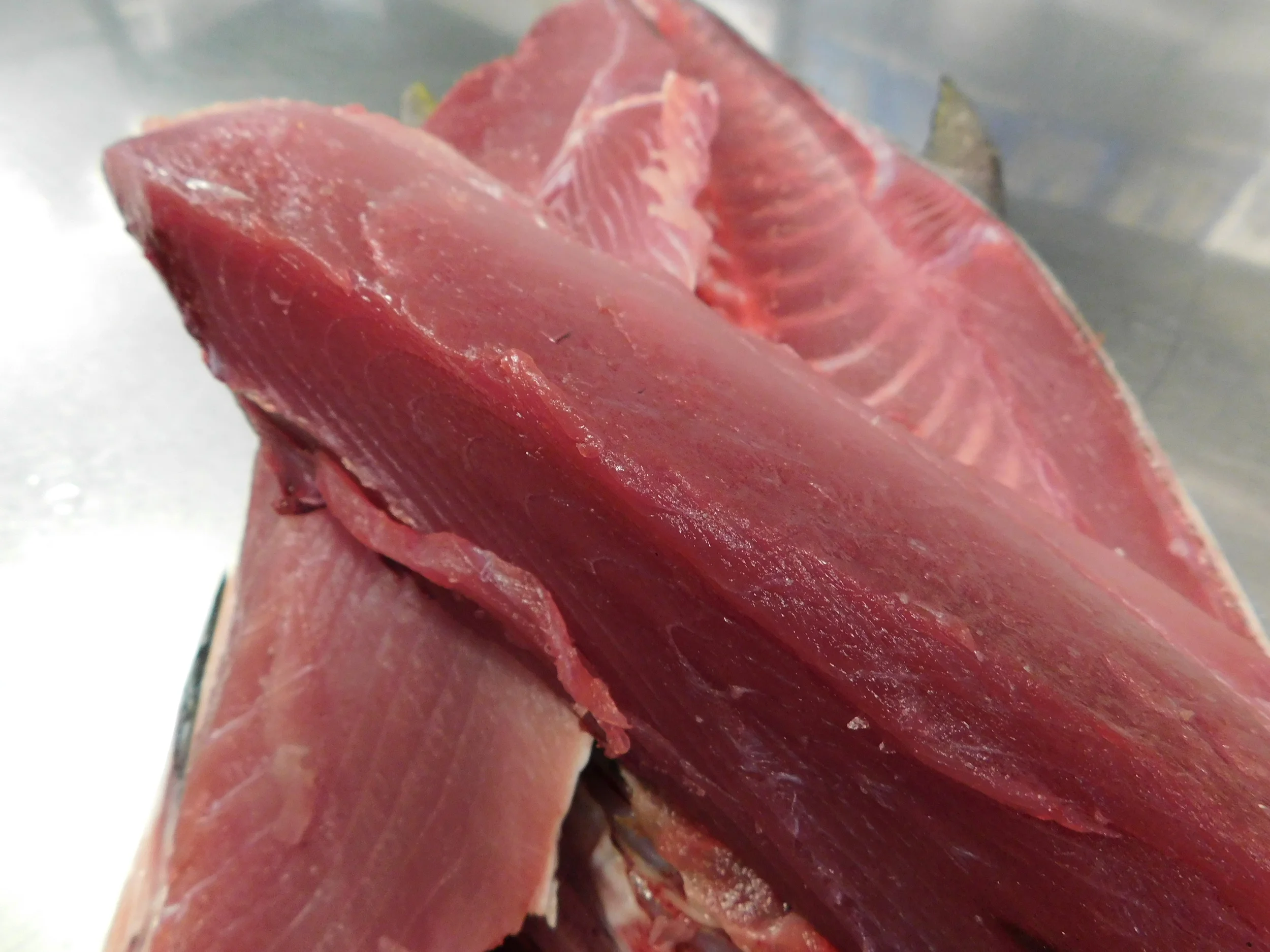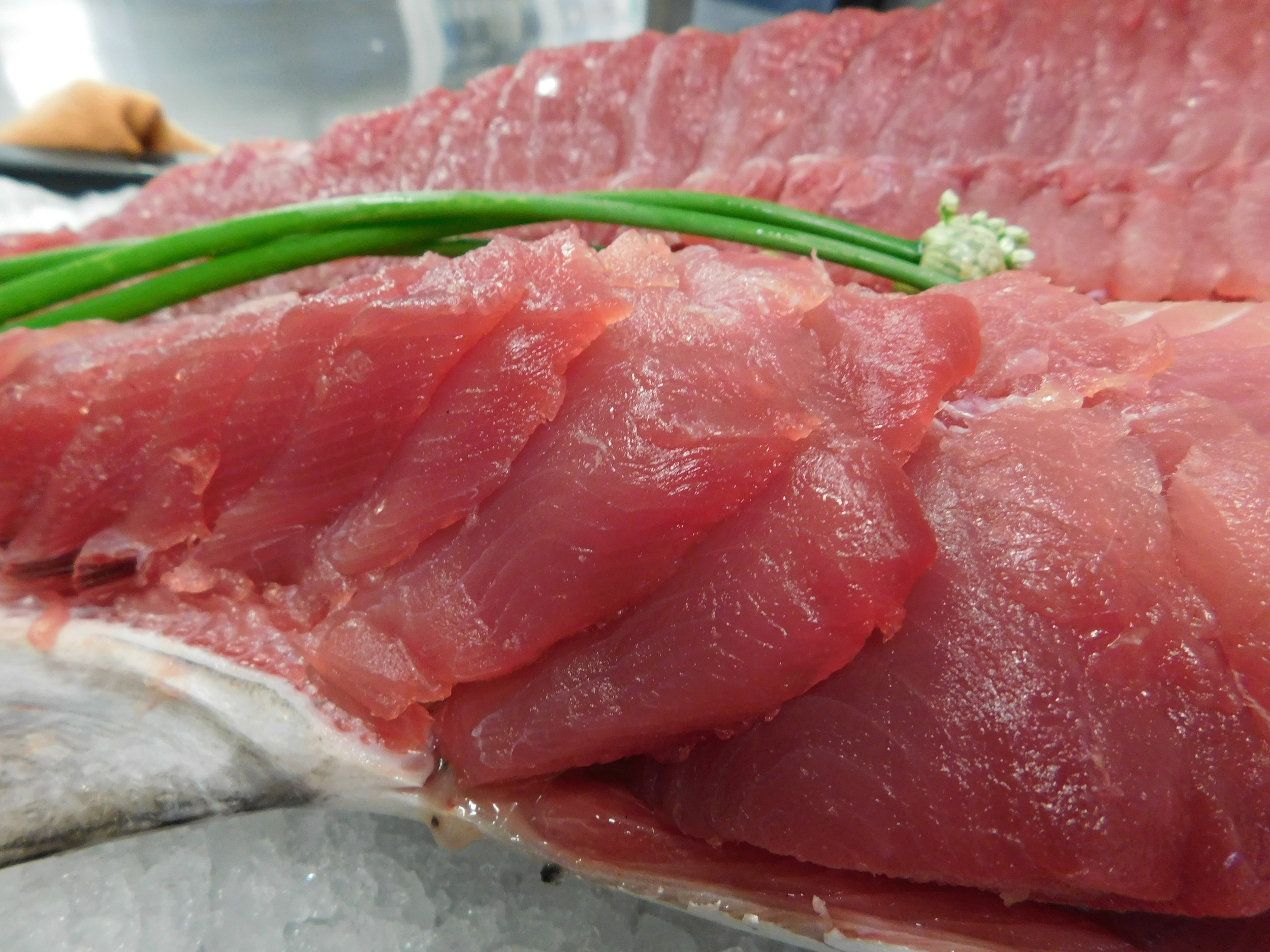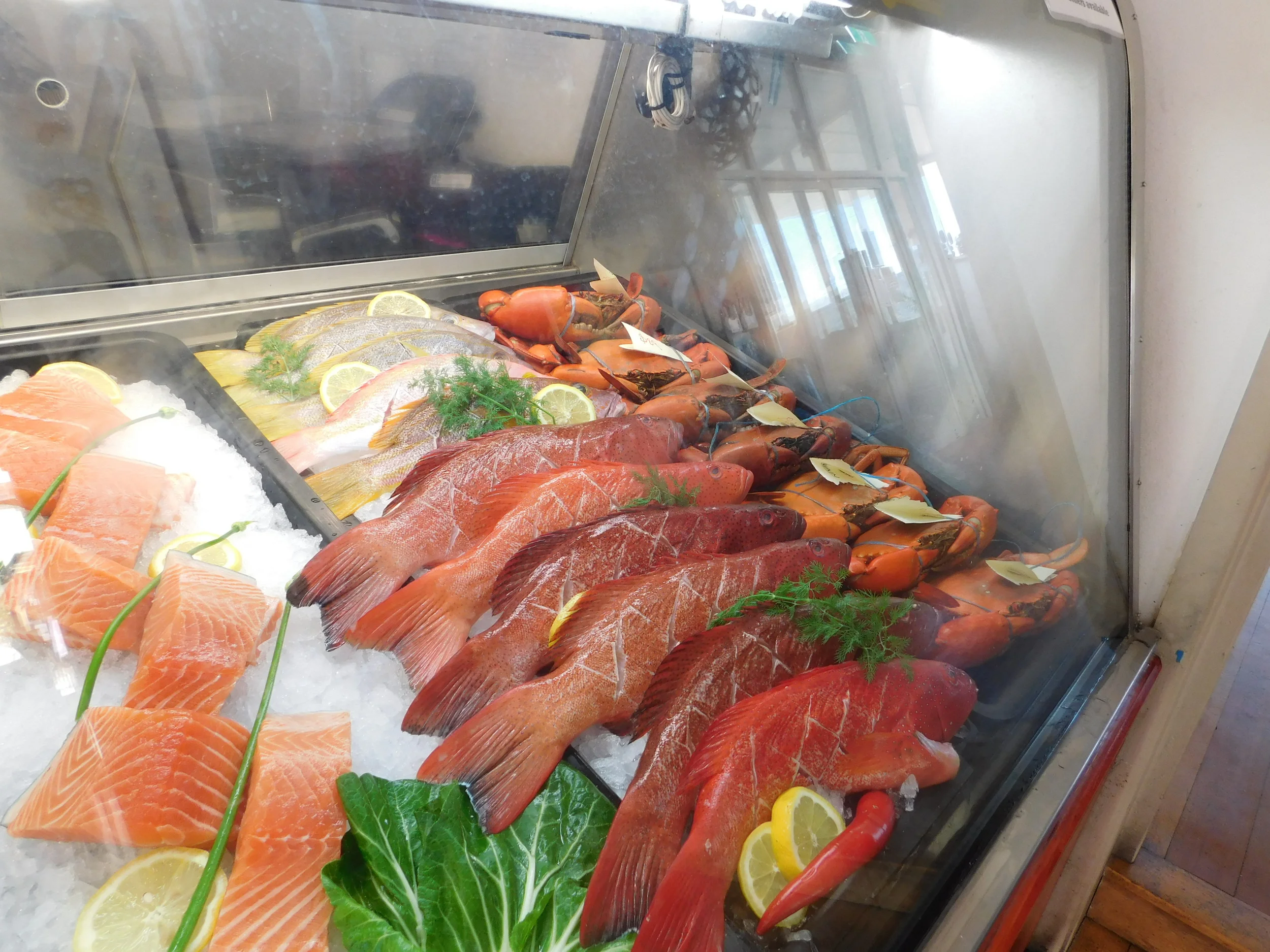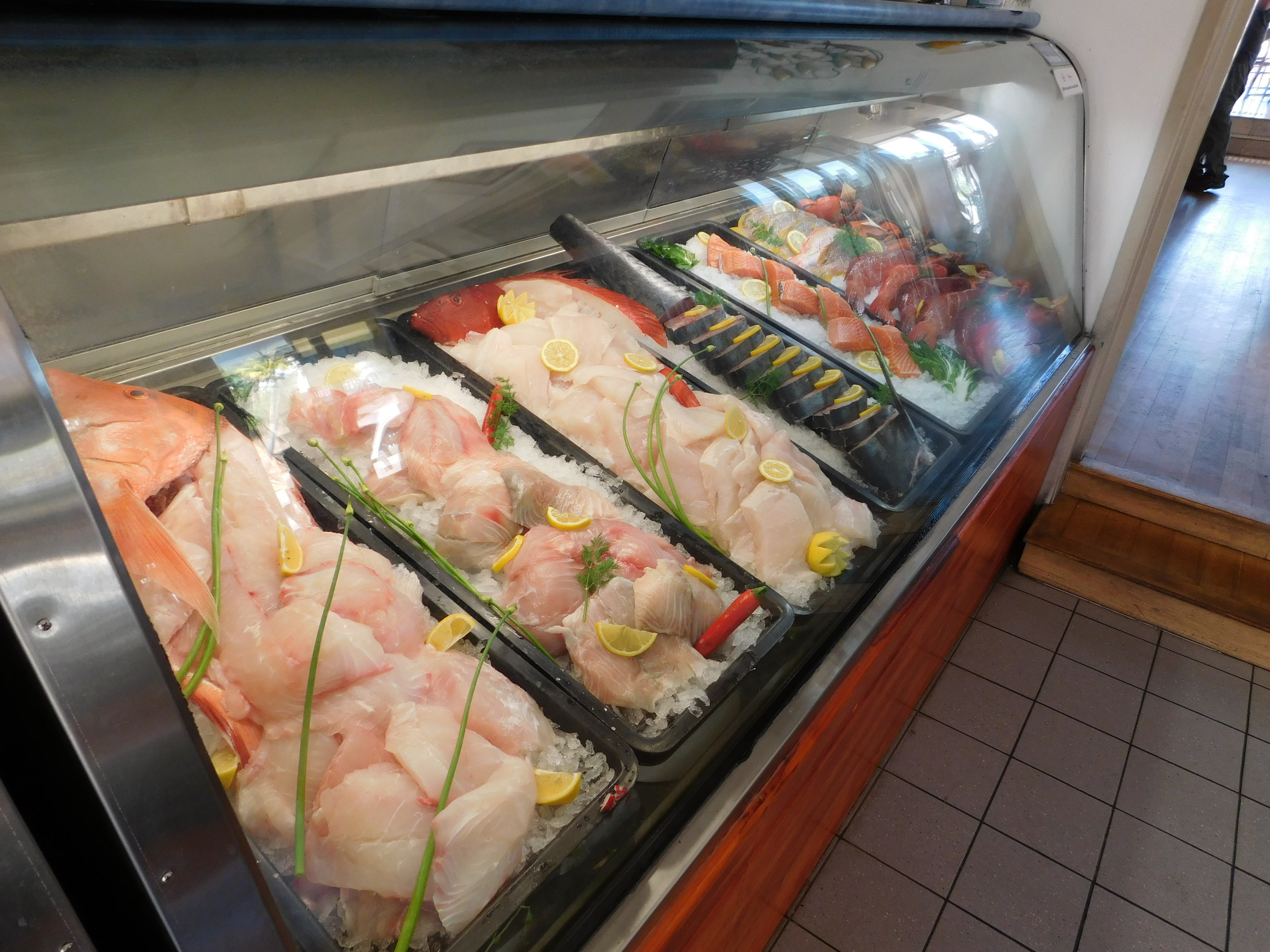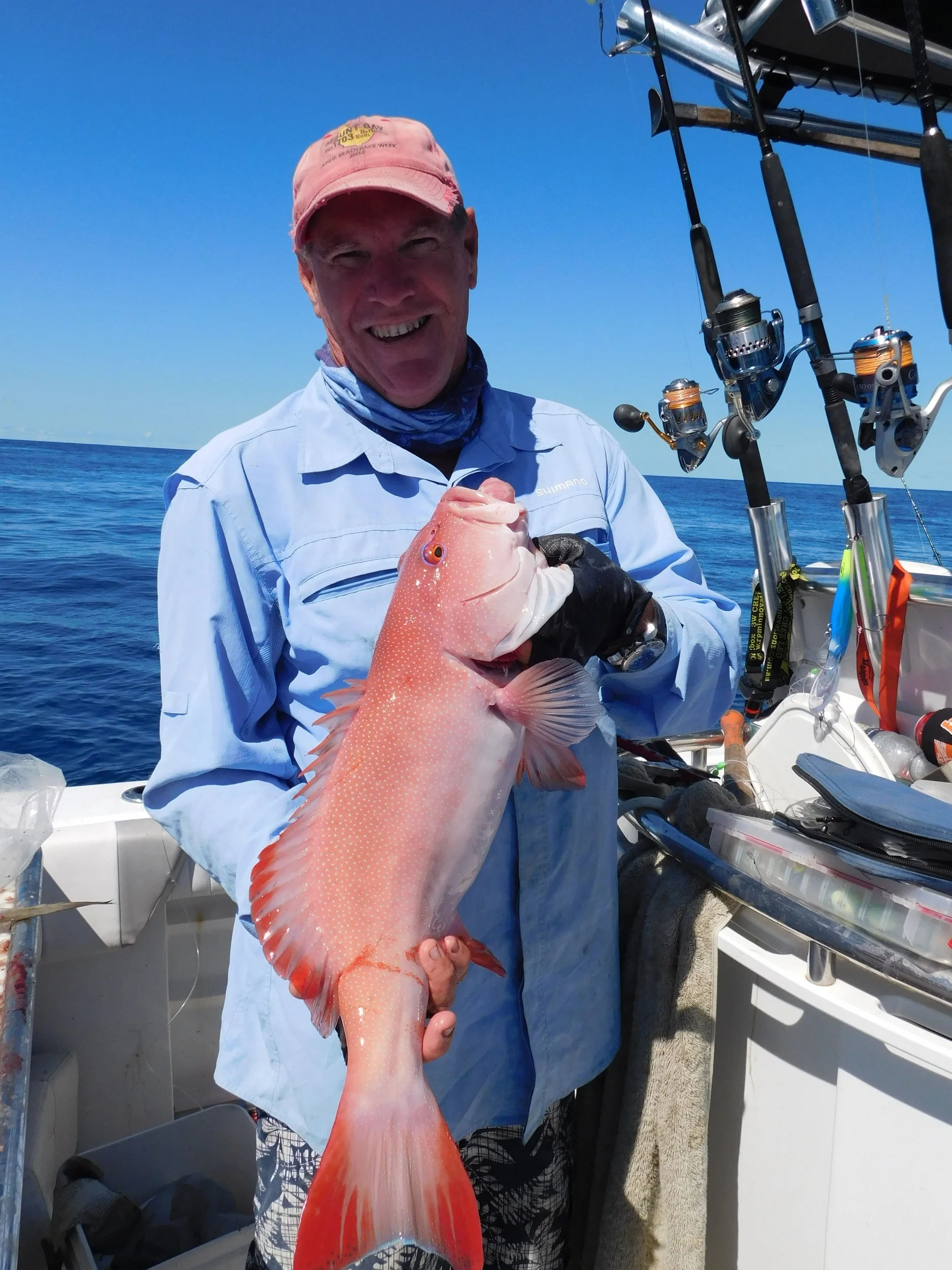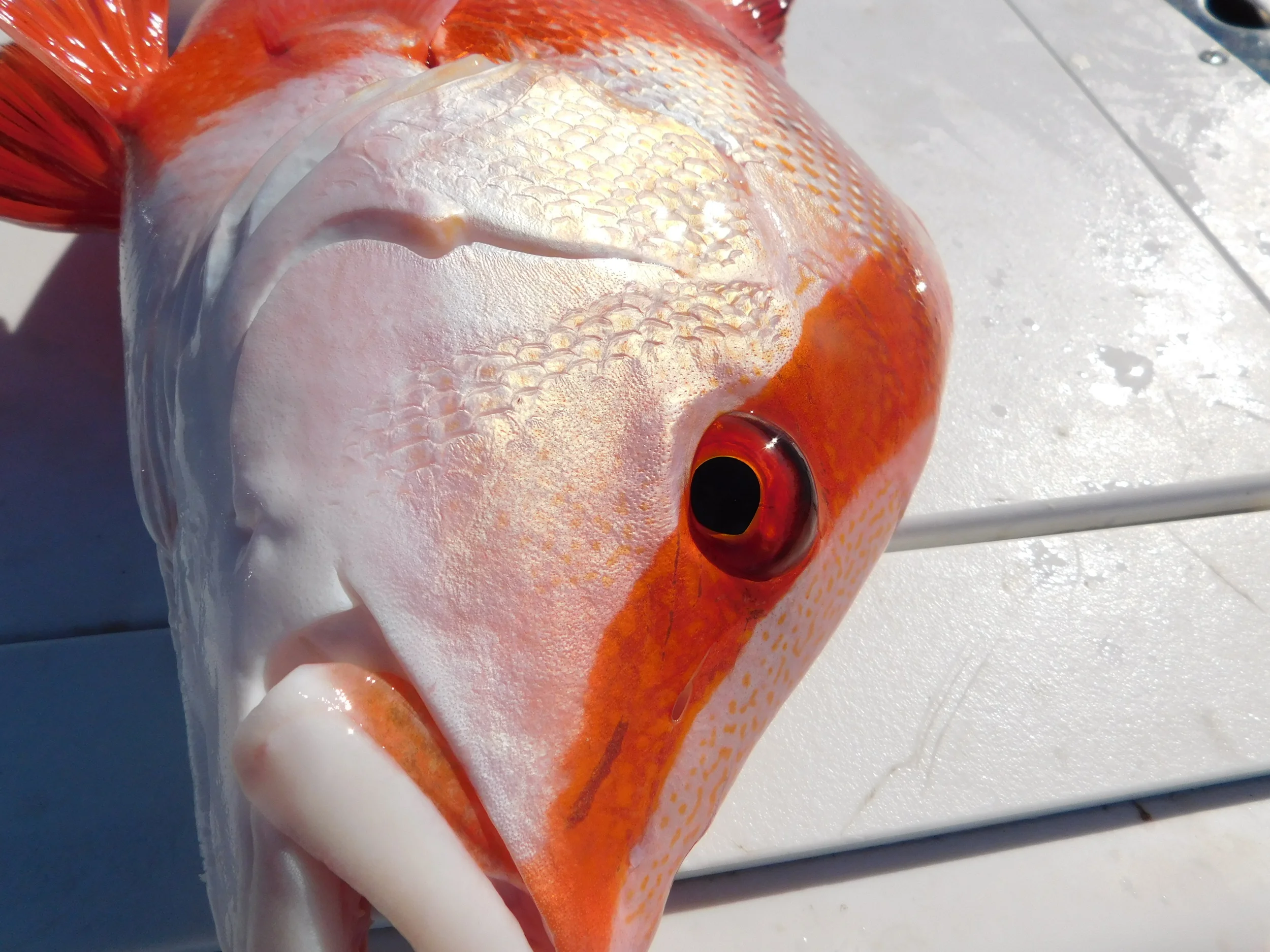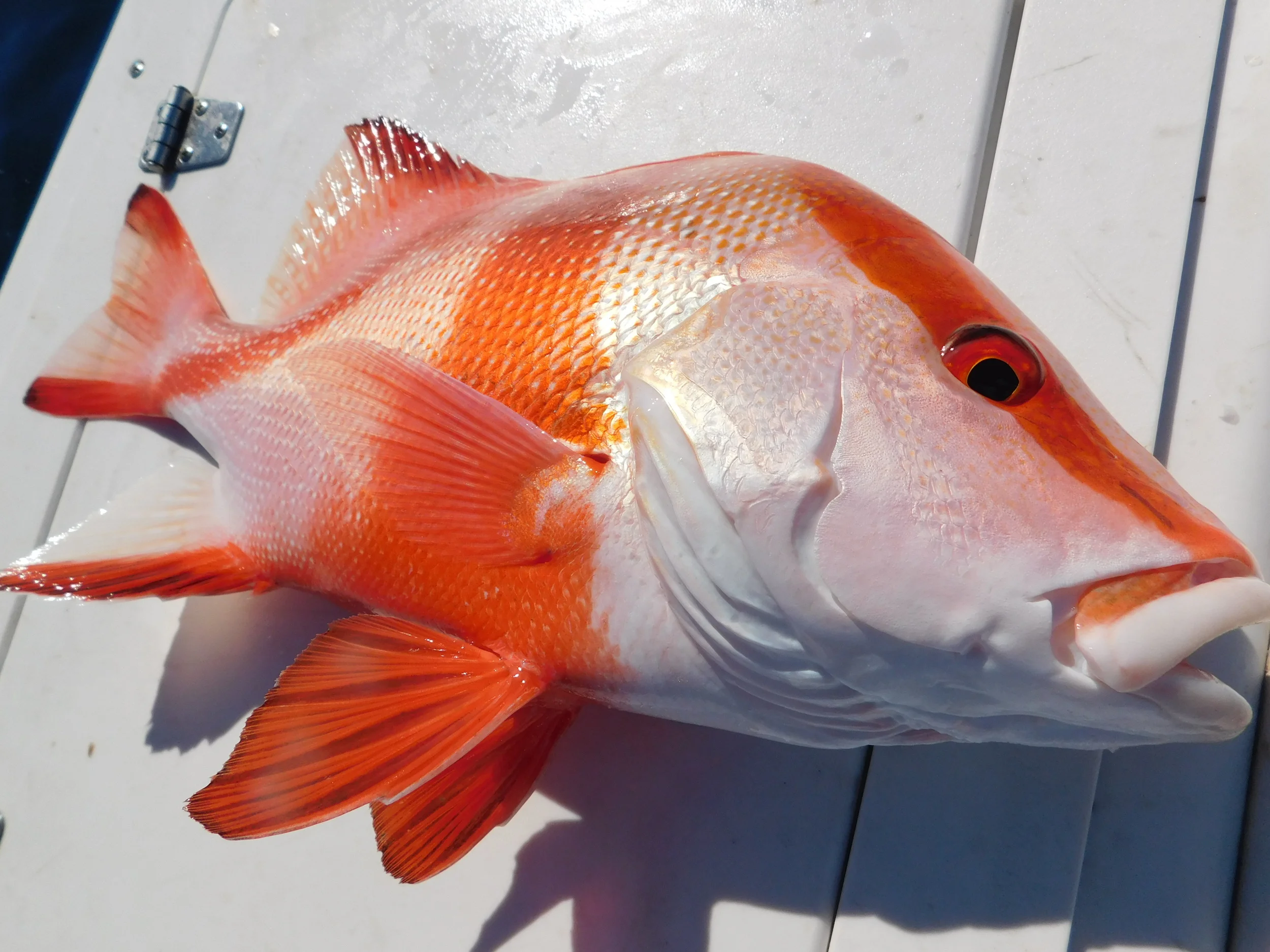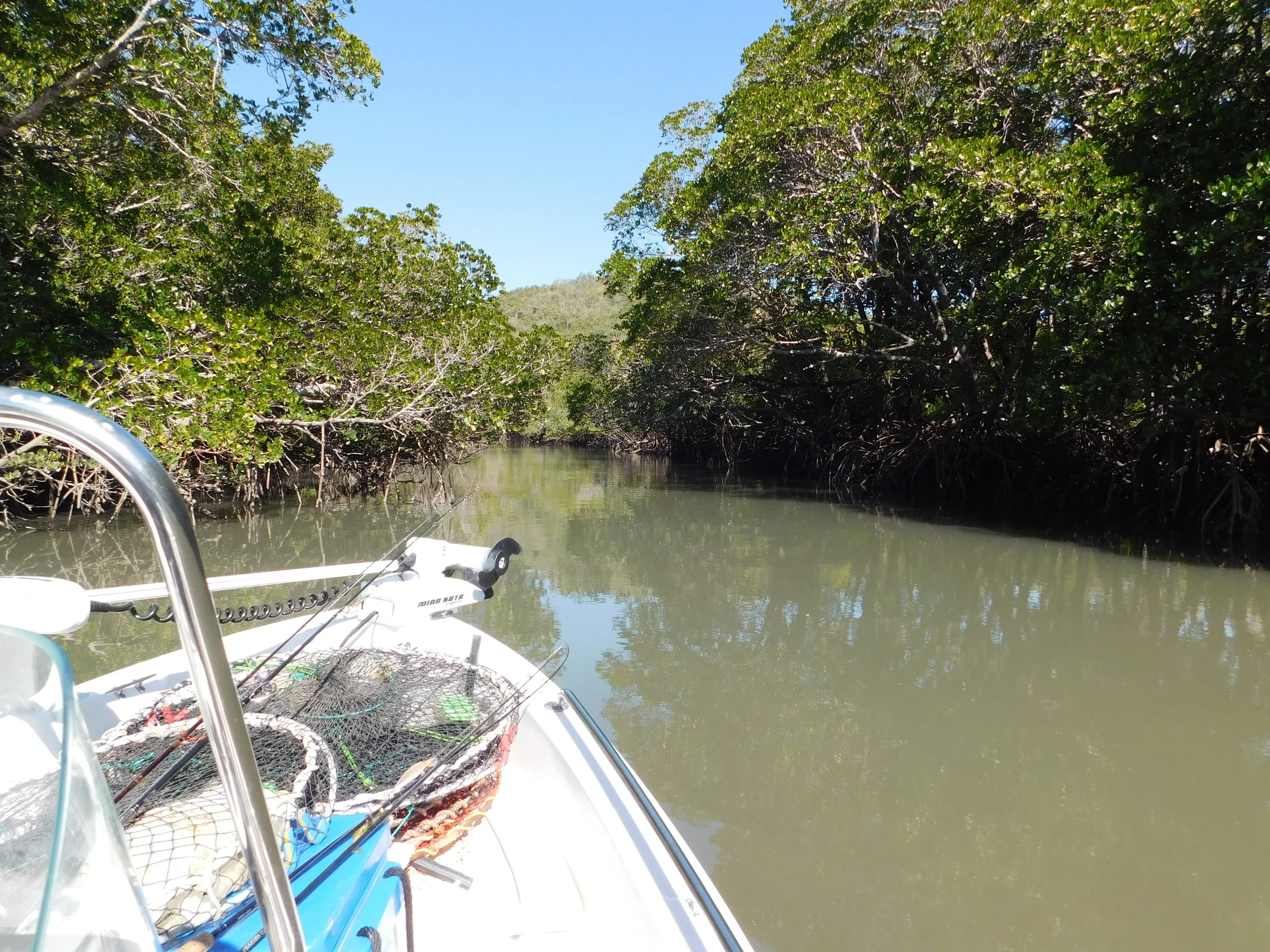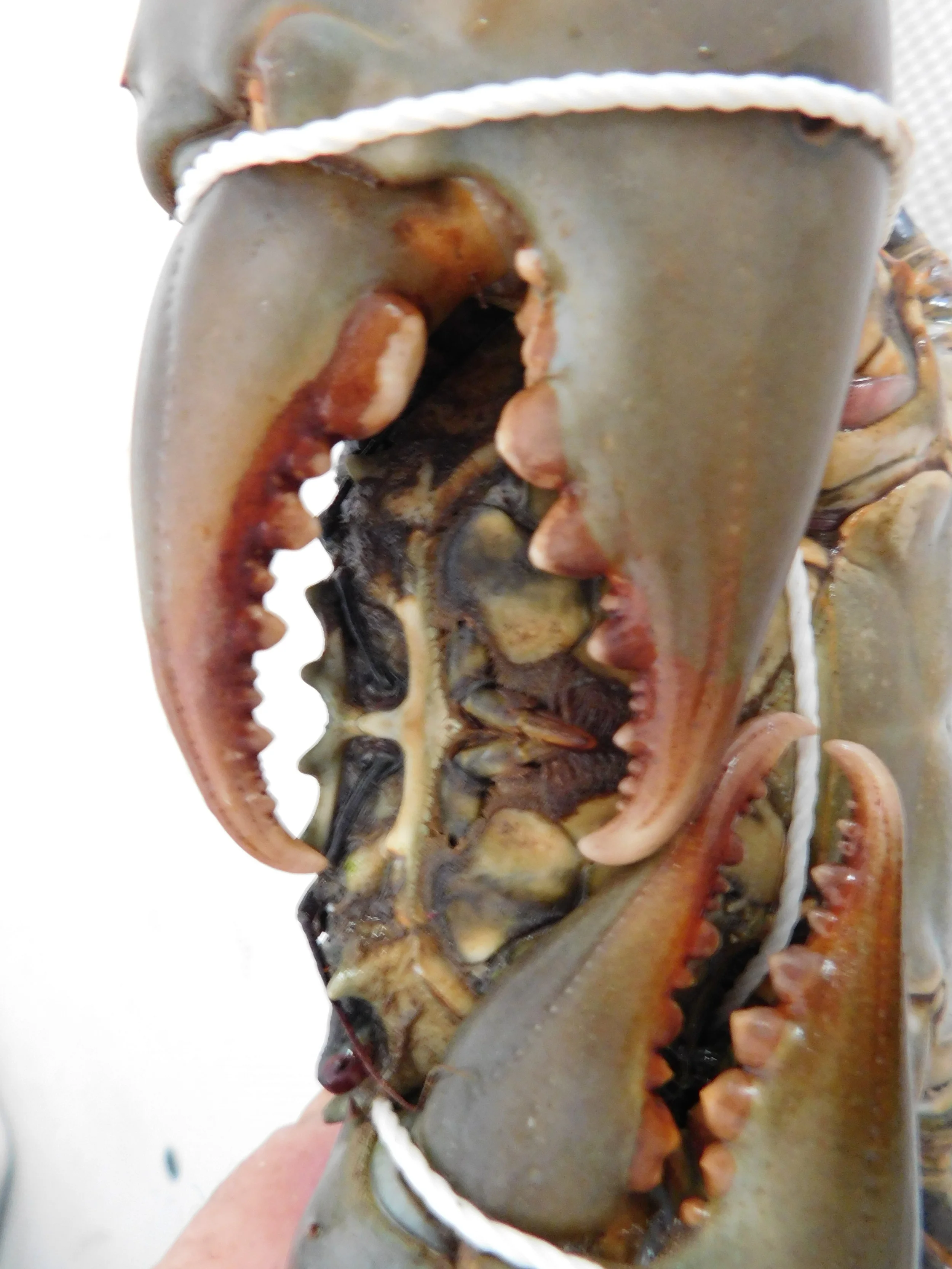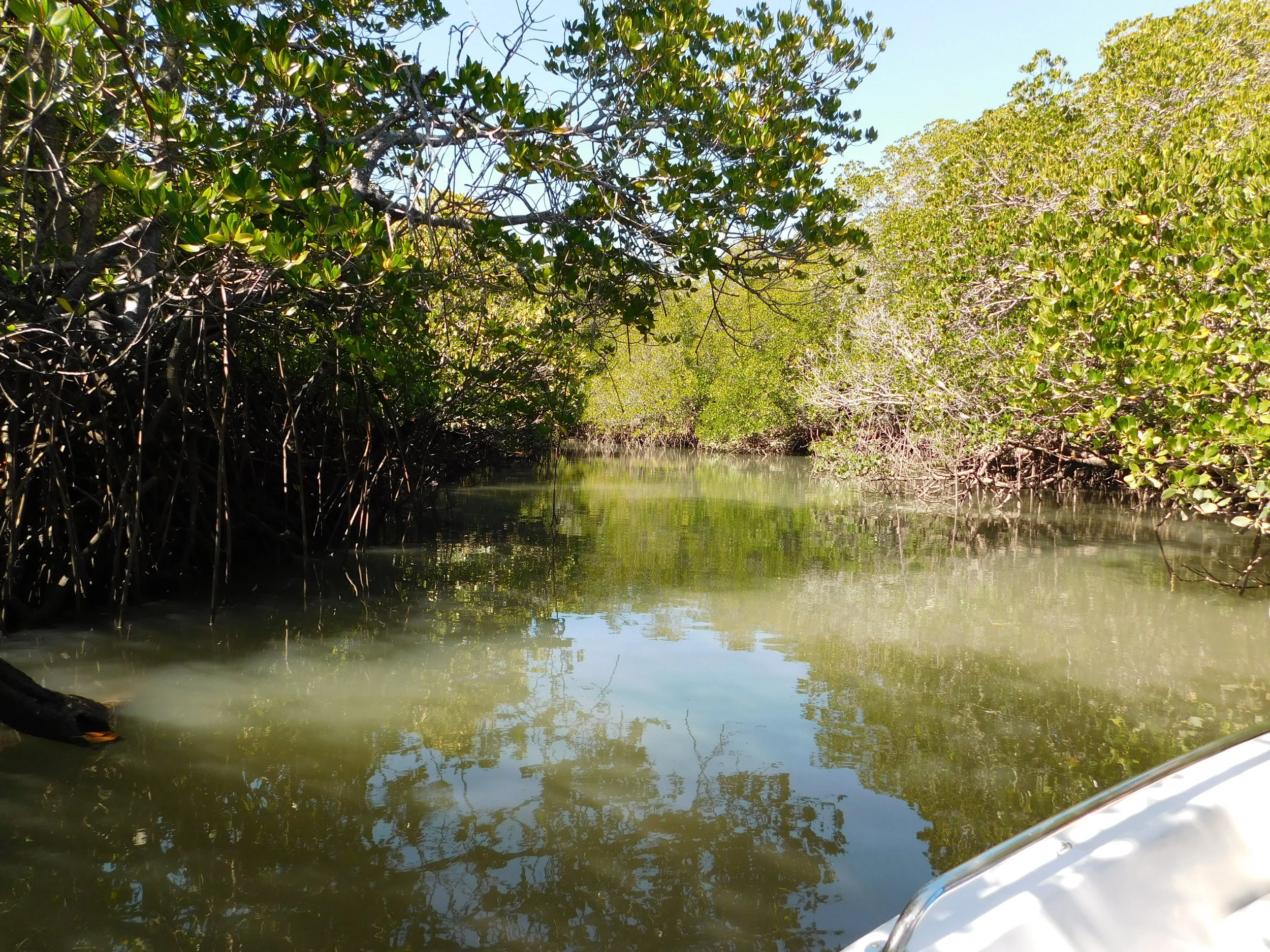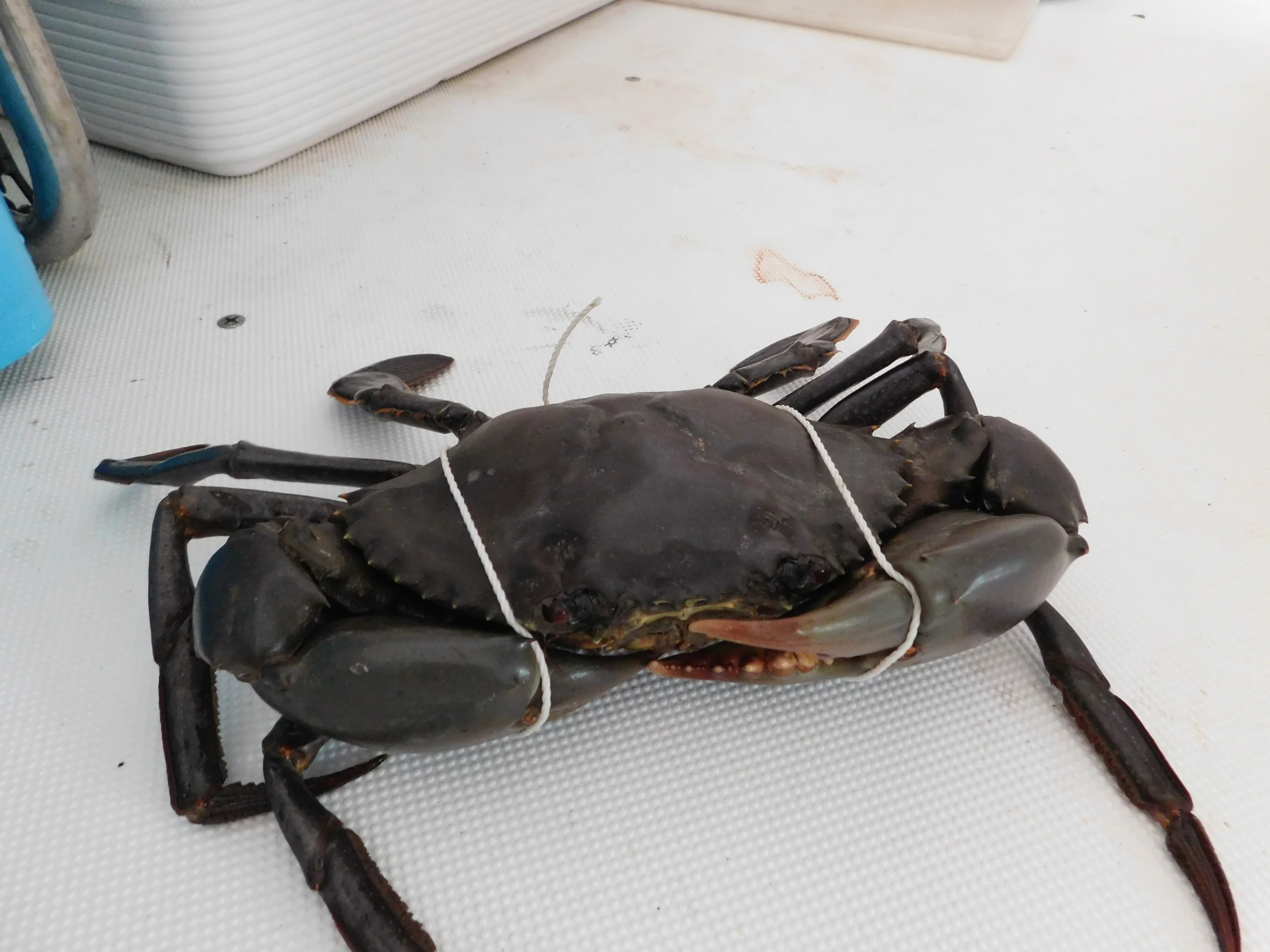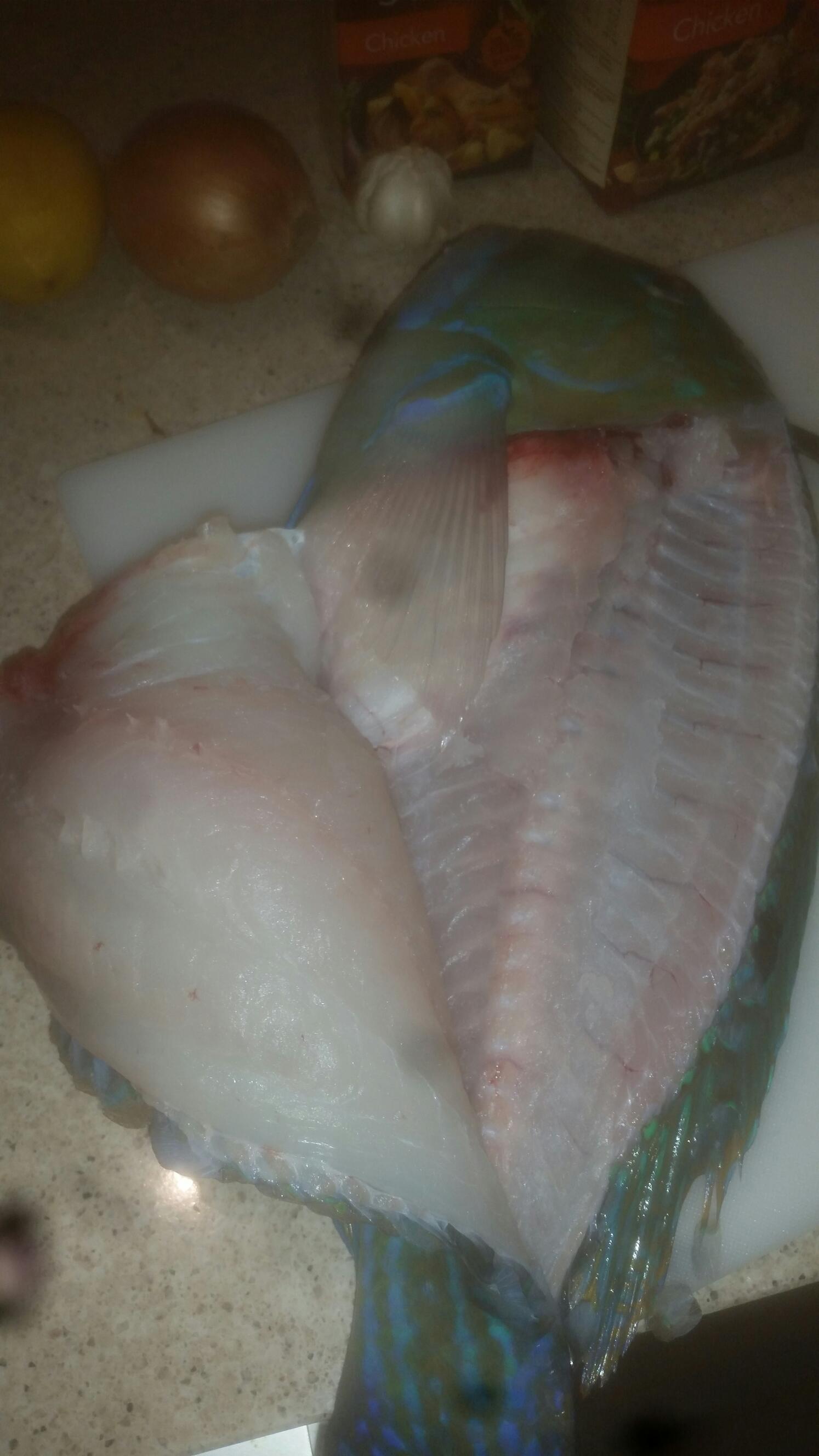The term takes the mind to images of poorly presented fruit and vegetables sitting in the corner of the fruit and vegetable shop. Untreated with chemicals and pesticides, no artificial fertilisers or growth stimulation; food just as nature intended. Pity few people actually buy the stuff, despite the trend towards being seen to eat healthy. Better sales trends with organic eggs, or chicken or beef exist because the visual appeal is still there, albeit often with a premium price tag.
If anyone really wants to think about and eat “organic”, is there anything more organics than wild caught salt water fish. Fish, not from polluted urban waters but from the open ocean, the reef and unspoilt rivers, creeks and beaches in North Queensland. The ultimate “free range”.
Almost the exact opposite of our fruit and vegetable market “organic” seafood presents perfectly. Skin blemishes and lack lustre presentation is more a feature of fish farmed fish or fisheries from urban waterways. Bright full eyes, pink gills, scales and skin that glisten, our fish is the ultimate organic health food. It is absolute locavore dining with our oceans the same as the fields and forests in terms of sustaining us with wonderful heathy food stuffs.
Every meal of fish we consume, is one less meal of often high intensity farmed animal protein and ultimately an environmental plus in the long term’
The vast bulk of the Great Barrier Reef fishery is line caught and a really interesting “number” is that the entire Great Barrier Reef fishery, commercial and recreational combined is roughly 3% annually of biomass. That is to say for every 100 fish which exist, we collectively take 3, and the remaining 97 need only produce 3 offspring a year to maintain the status quo. One of the great green myths is the whole “reef is in trouble from overfishing” rubbish. No, it’s not.
It is incredibly well managed and controlled, a little on the overcautious side. It is the case that, just like any dynamic living system, the fastest way to get it to grow is by controlled harvesting, creating “available habitat” and triggering spawning recruitment within the fish stock. In simple terms, the fastest way to get your grass to grow….is mow it regularly.
All available scientific evidence suggests that areas that are regularly fished have a far more dynamic breeding population than areas closed to fishing. Closed areas (Green Zones) have a very stable population of bigger fish, and are, in effect “full”, with little or no annual recruitment each year because there is no “available habitat”. While green zones are seen to be good for tourism, good for feel good environmentalism and I agree, it is great to have pristine populations, if we consider our waterways the same as we consider our farmlands as a resource we are lucky to have to sustain and feed our population, then part of the long term management needs to have long term sustainable harvest as part of the strategy. In this regard our fisheries managers have done a pretty good job. Total allowable catches on commercial fisheries, bag limits on most species and closed seasons for breeding congregations all help ensure we will be eating and enjoying “organic” seafood for as far into the future as it is possible to imagine.
Whether locking up large areas in never to fish again green zones are using a harvestable sustainable resource in the best way. Well, maybe that is…………….Food for thought?
